Albania?!? What do you want there? Isn’t there only mafia and terrorists !? And they still have blood revenge, right ?!
– People
The reactions of many friends and colleagues to this year’s travel destination for Chris, Uwe and me looked like this or something similar after we had toured Scotland and Iceland together over the past few years.
Uwe and Chris himself also responded interestingly to my suggestion. “What do you actually know about Albania?”
The answer is: nothing. But I have one thing in mind: wild nature that has not yet been reached by tourism and the idea of the hospitality of the original Balkans. We are ready to face the prejudices.
What do we know of Albania? Nothing!
So, that’s why we have to go there.
Diary Entry
Unfortunately, we reach Tirana one hour late at around one o’clock in the morning. Fortunately, we are picked up by the brother of the owner of the property where we plan to stay for the next three nights. Through Julien and his nocturnal city tour, we also get a first impression of the nature of the Albanians. Julien is very friendly, but at the same time humble and calm. He is very open to all of our questions and welcomes our interest. We feel the same way about the other Albanians we will get to know in the future.
We arrive at our accommodation around two-thirty at night, where we – not – go to sleep straight away, but, spurred on by the desire to travel, treat ourselves to an imported whiskey on the terrace of our accommodation. Since our first trip through Scotland together, we have always had the water of the Highlands with us.
The first night is a challenge because it is incredibly warm. The next morning we find Uwe in a thin sheet on the balcony.
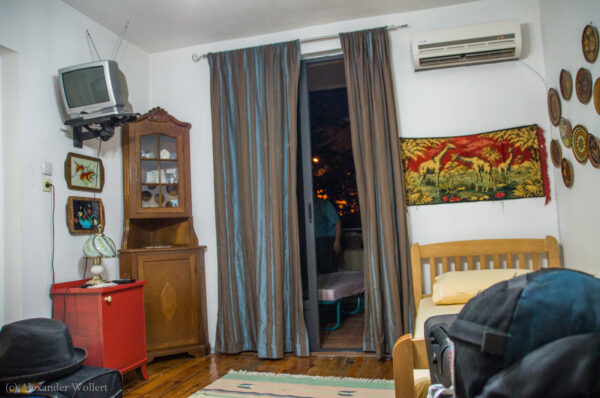
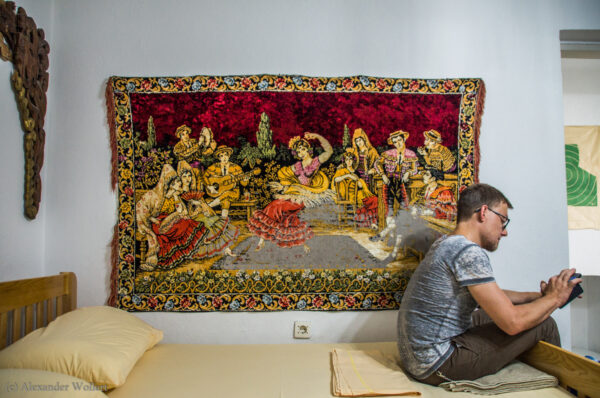
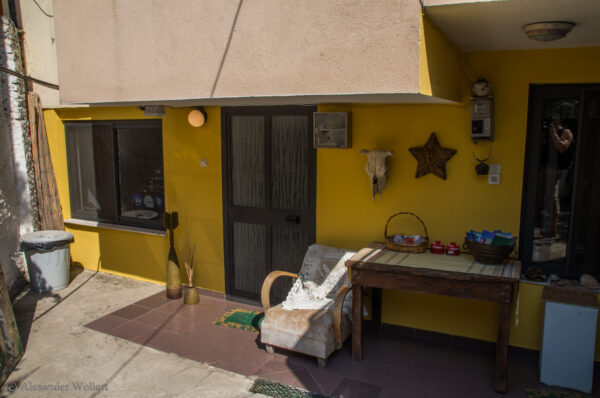
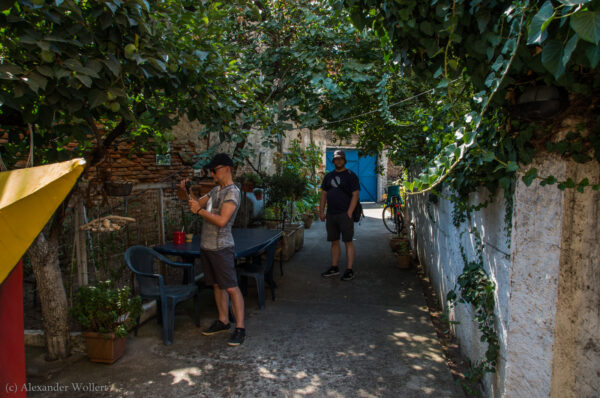
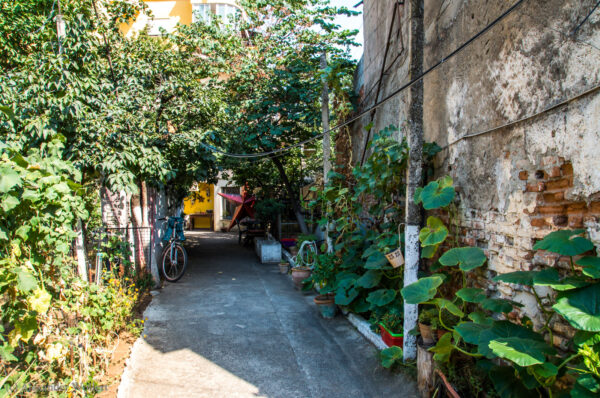
On the first day we go exploring the Albanian capital. The heat, approaching 40 degrees, is a challenge, but the enthusiasm of the trip suppresses that. The cityscape of Tirana offers a surprising mixture of decaying communism, Roman history and the time of Turkish occupation. Mosques and Orthodox churches nestle against each other, with huge concrete palaces and Italian villas jutting out between them.
It is hot. Really hot!
a concrete-and-glass pyramid-shaped mausoleum built for the dictator Hoxha. Today, however, the dictator is no longer very popular; the monument is falling apart and only pigeons and graffiti amateurs still pay tribute to it with their works.
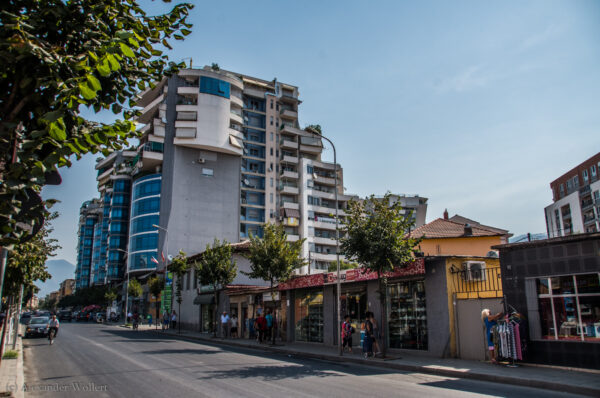
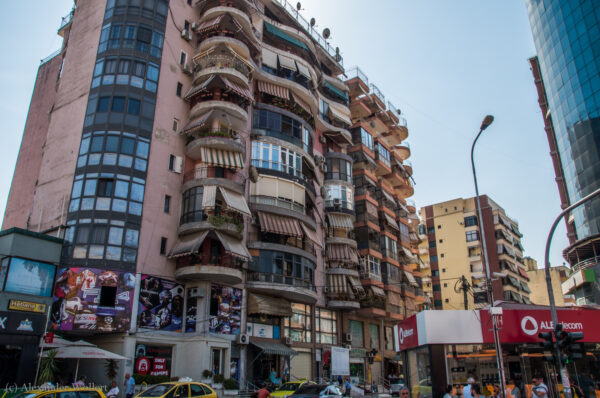
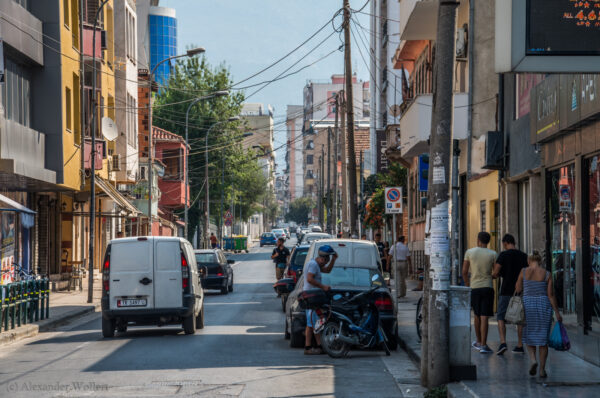
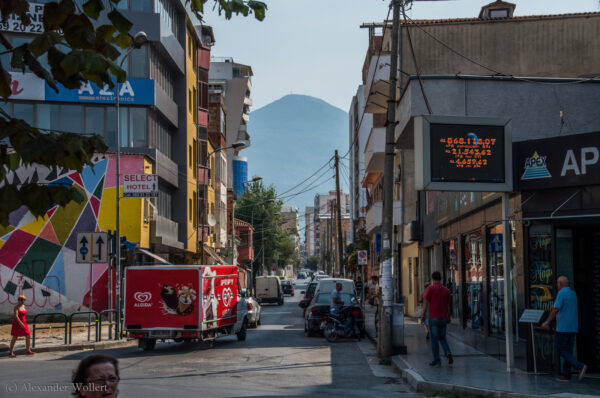
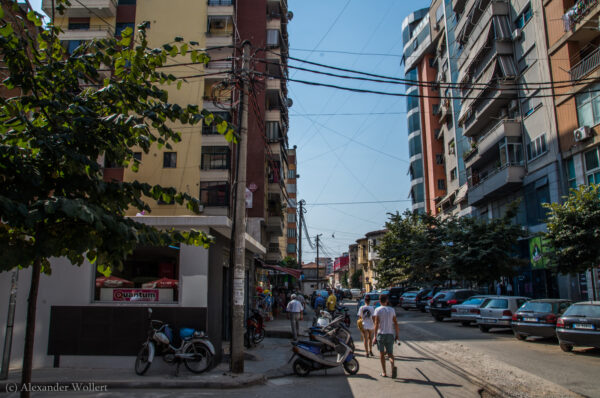
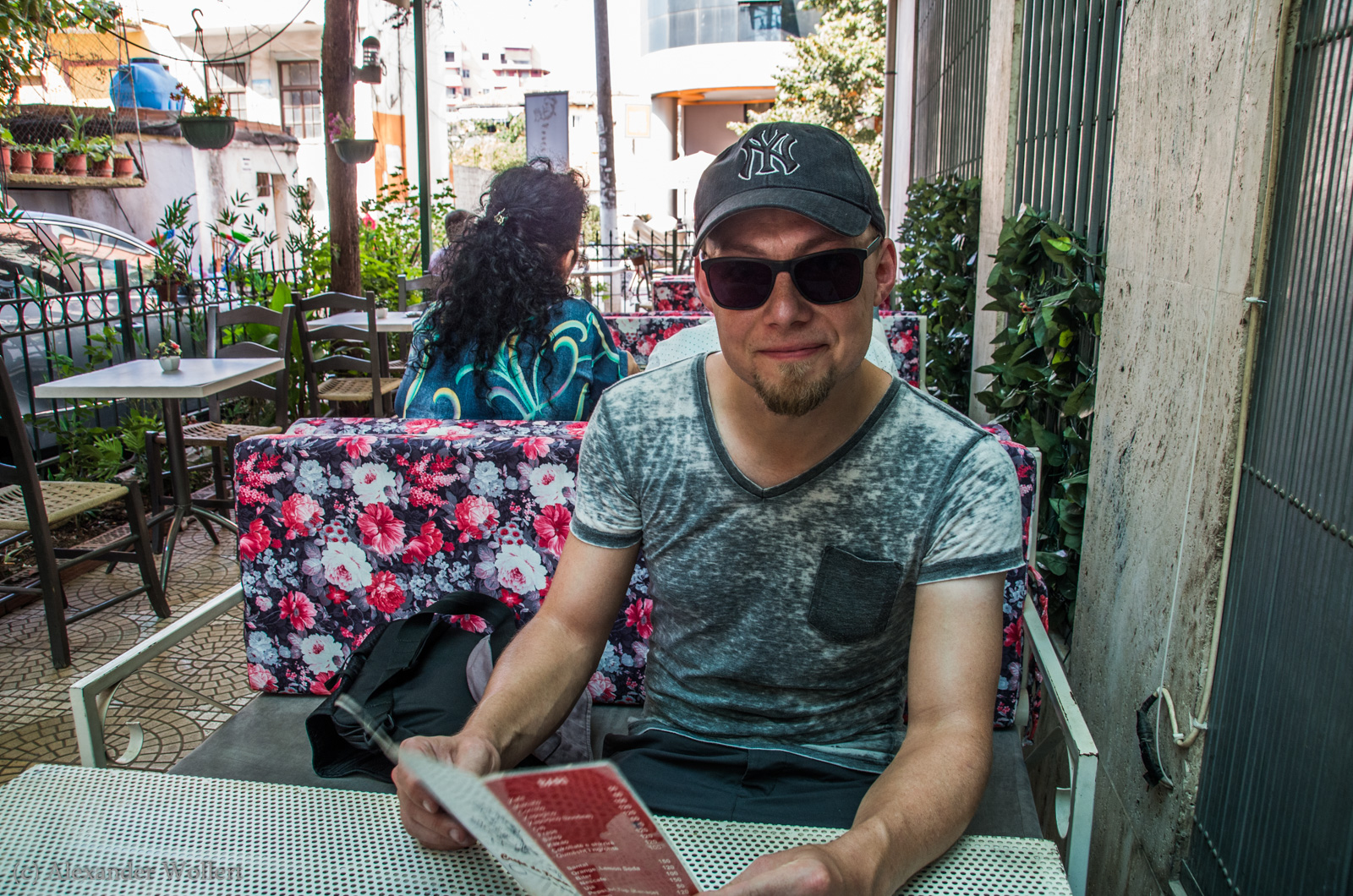
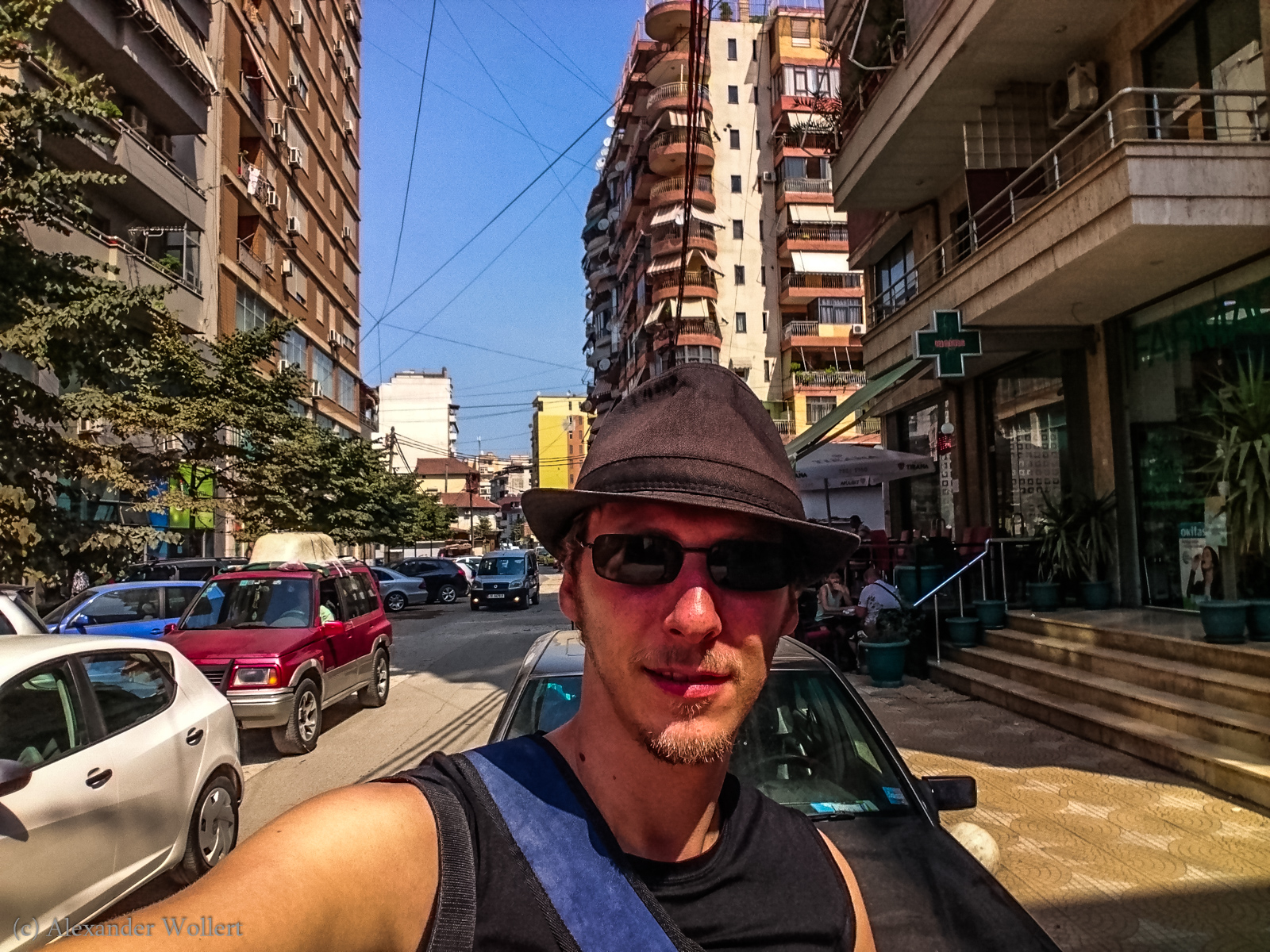

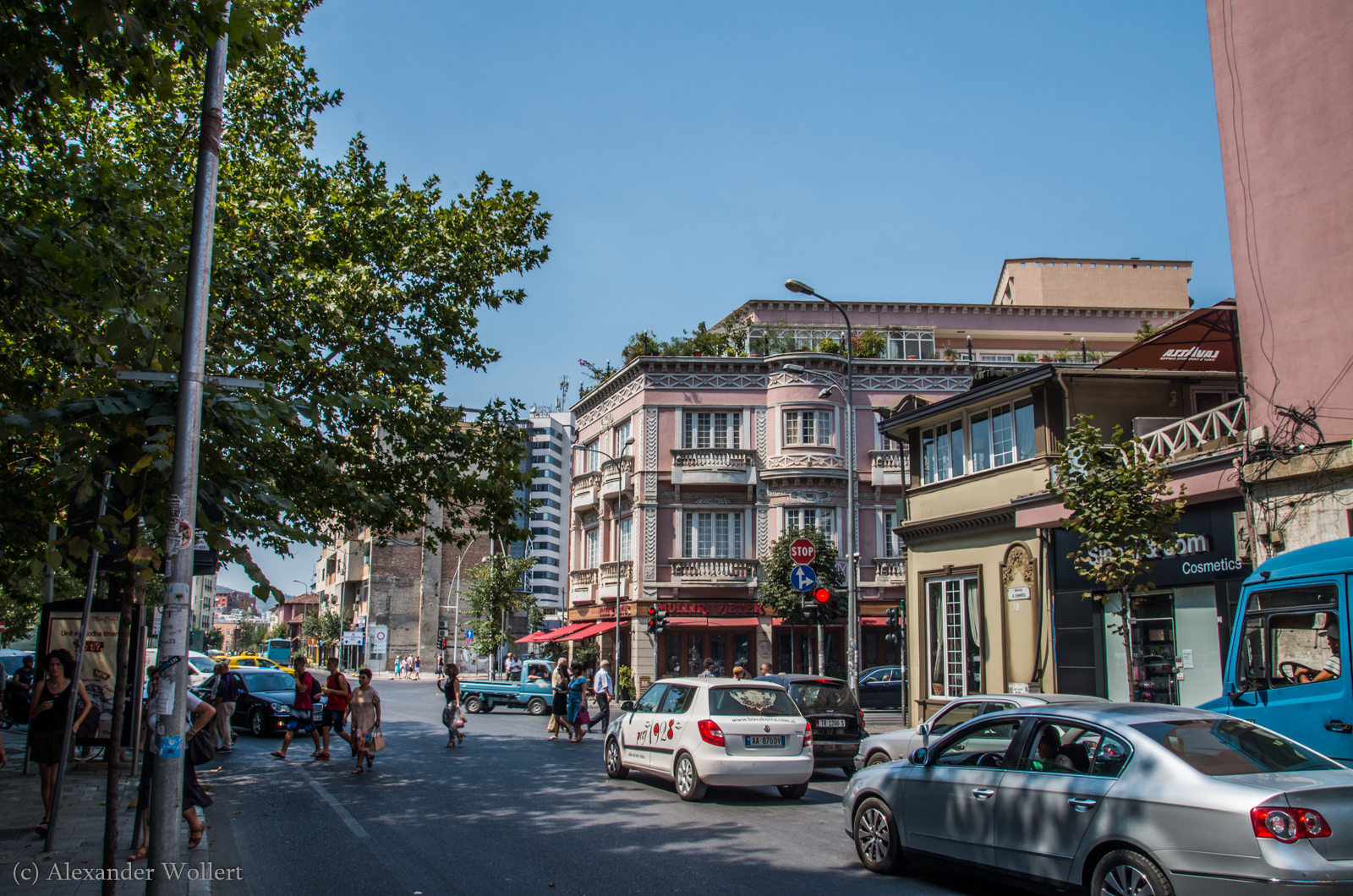
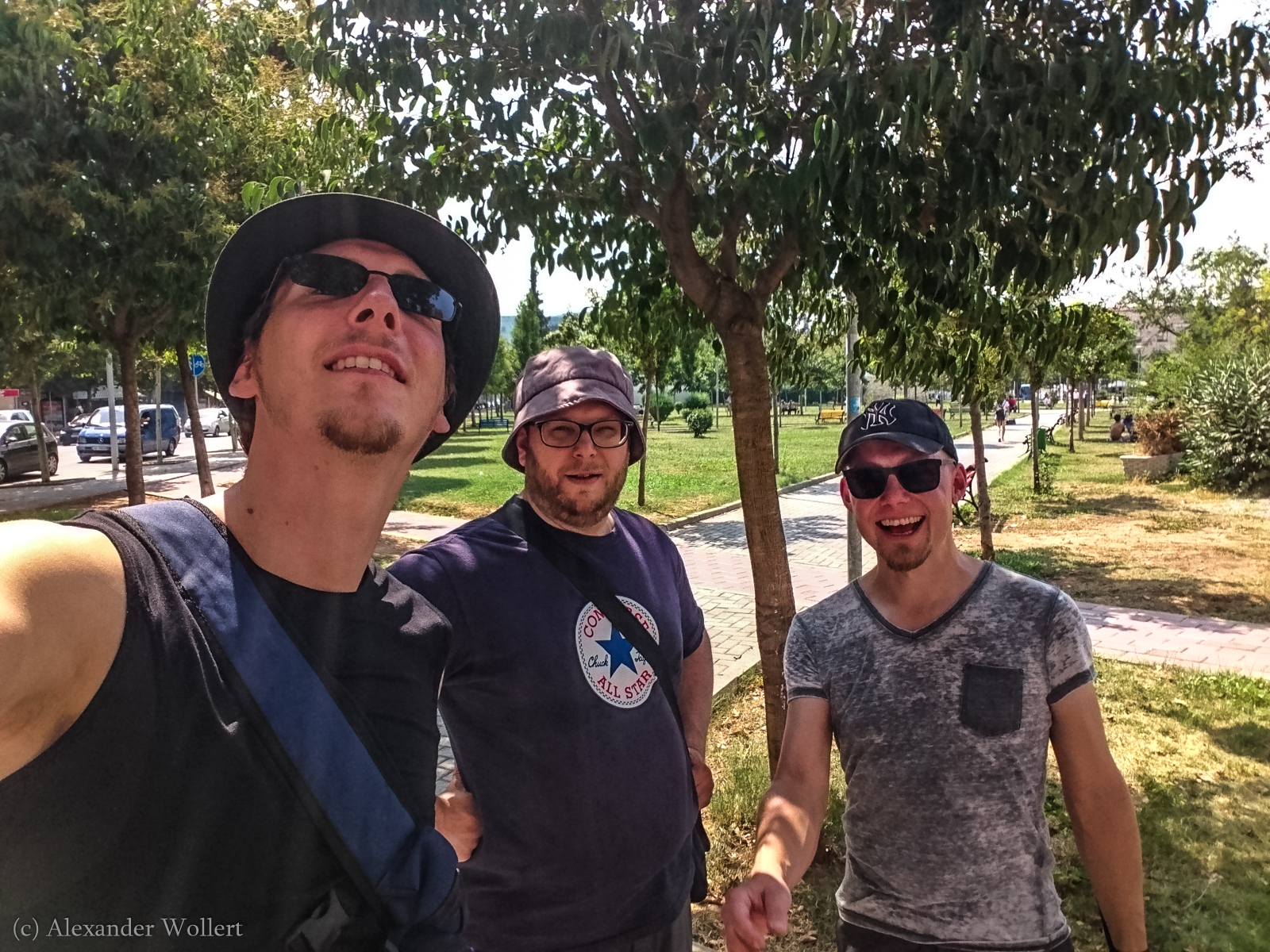
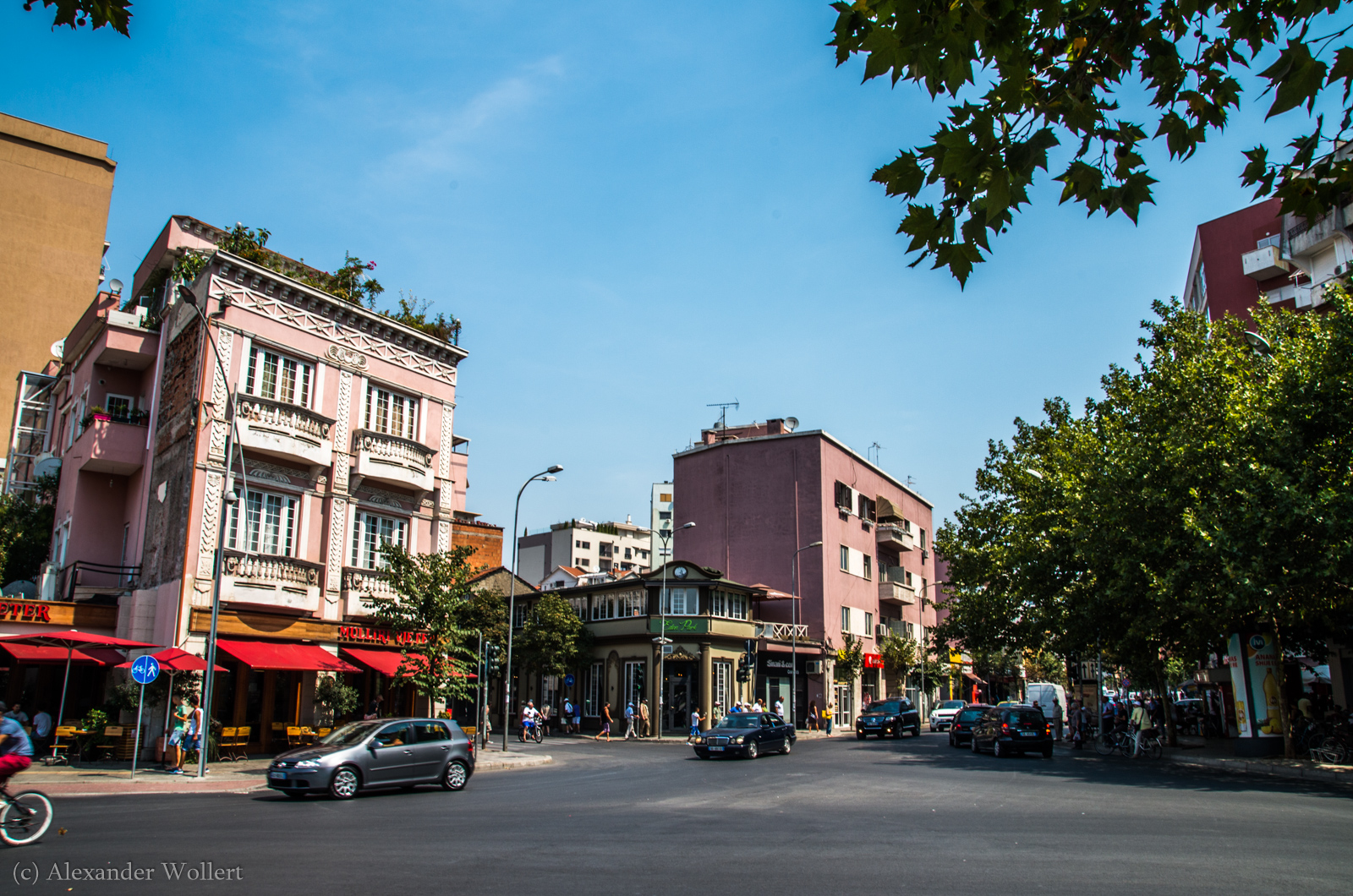
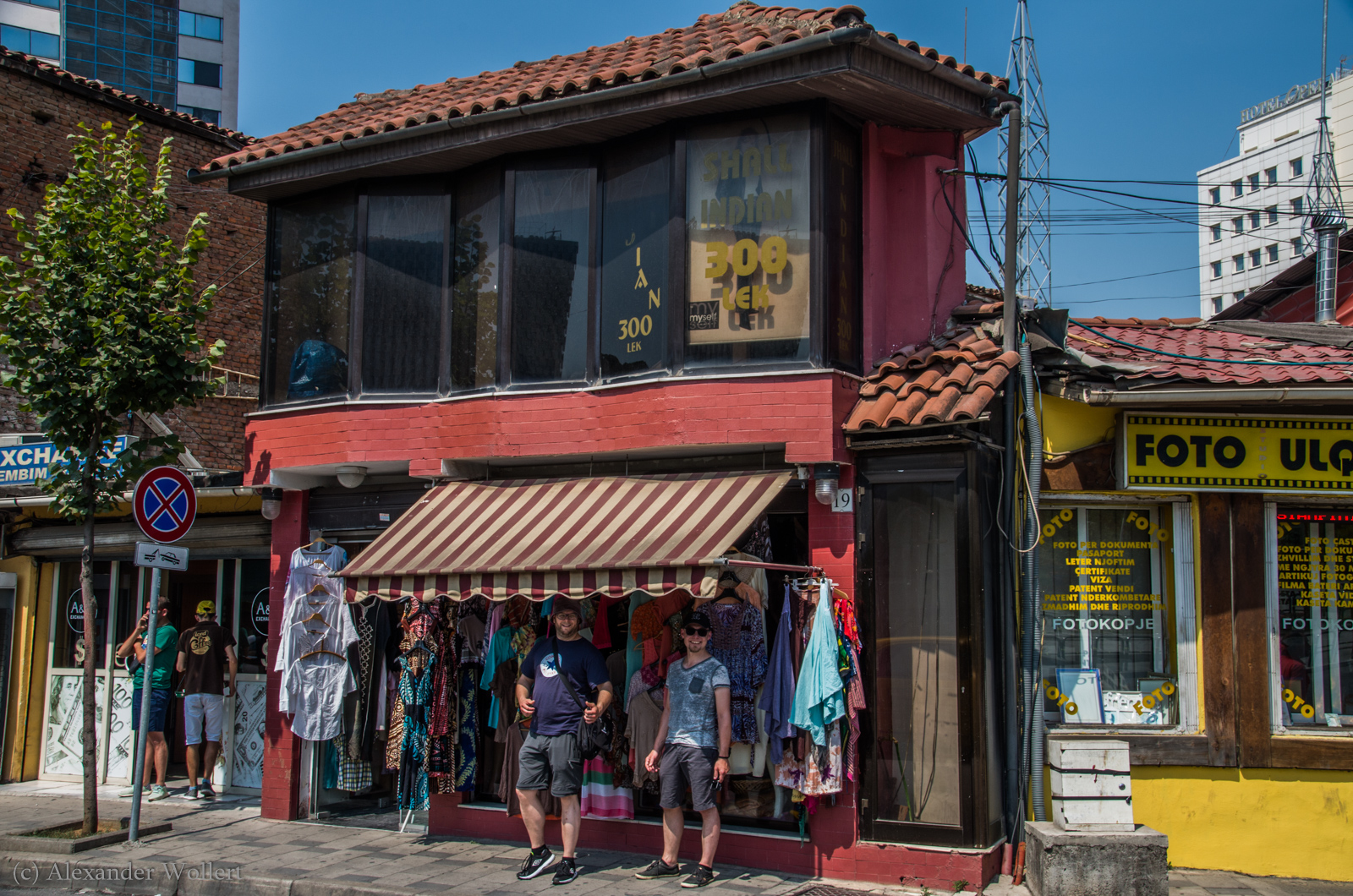
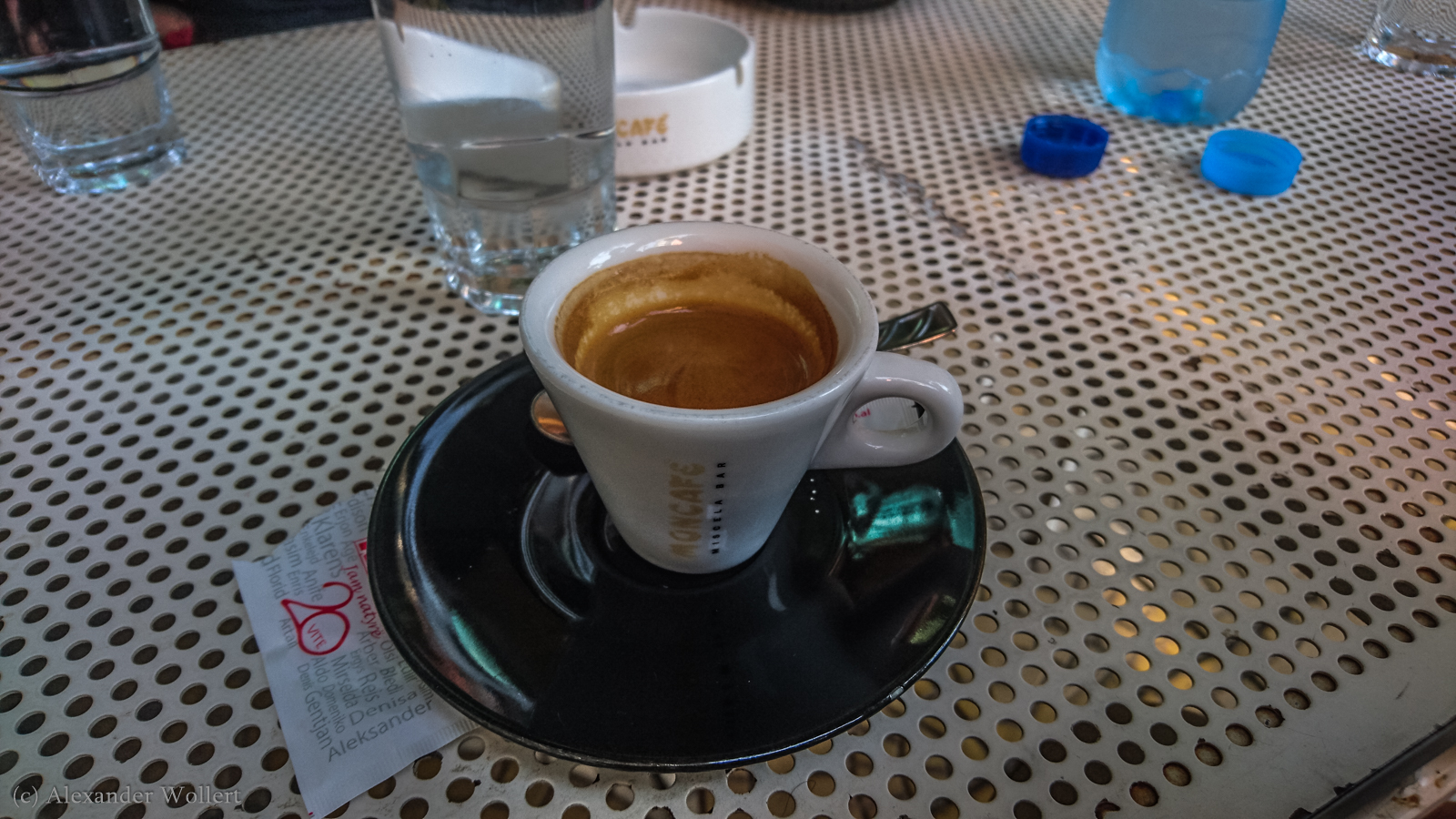
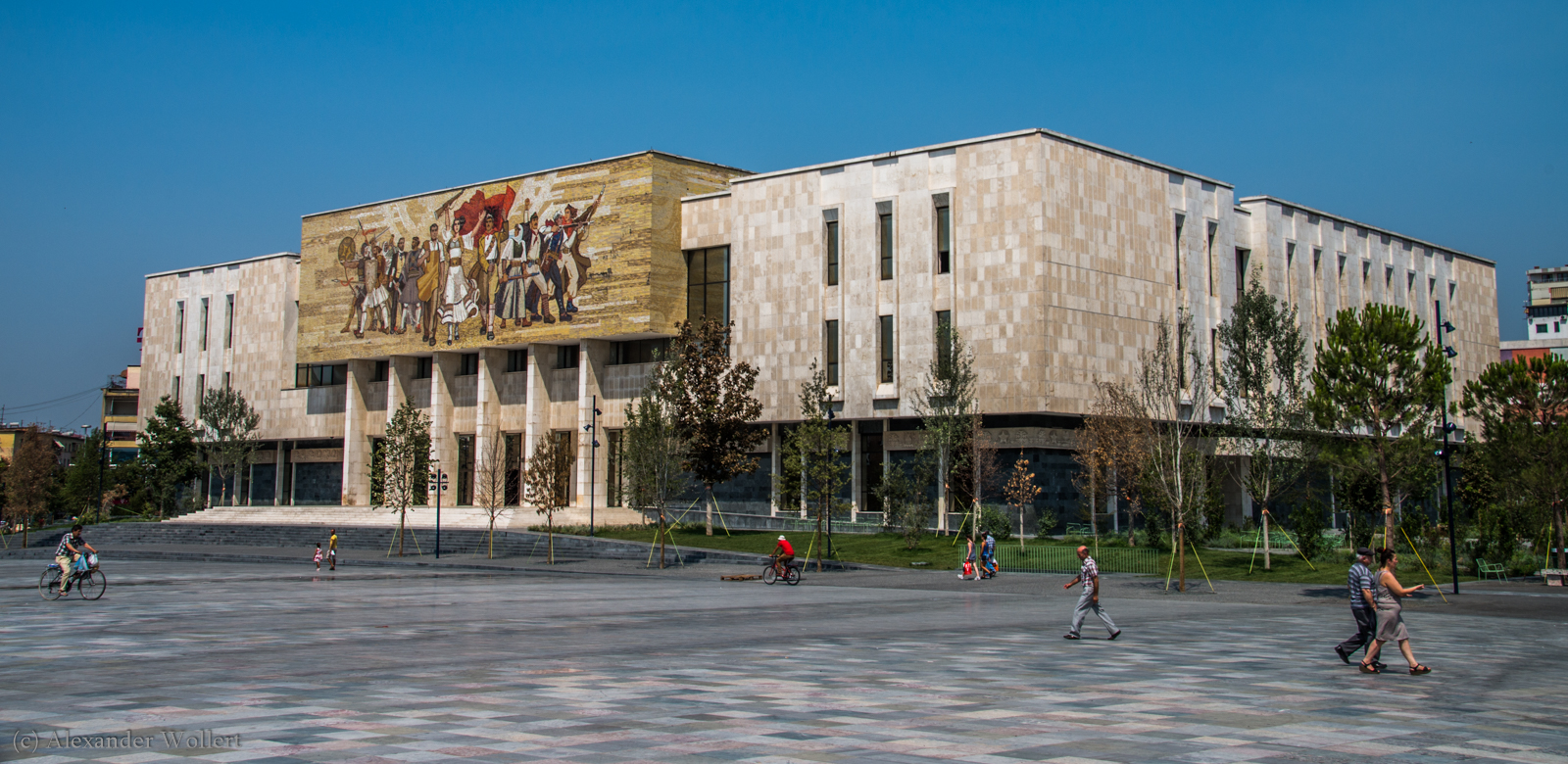
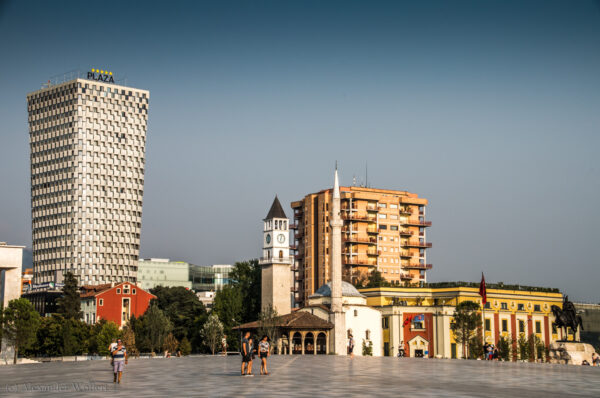
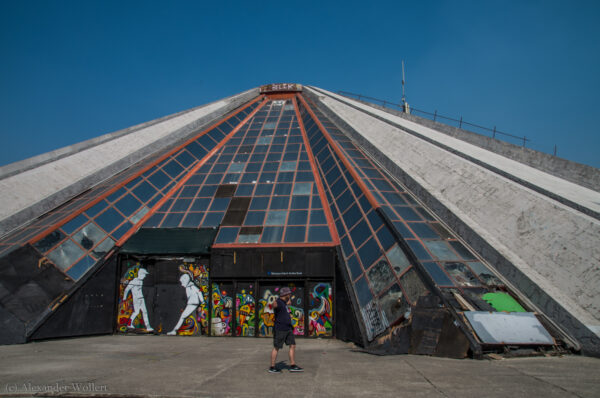
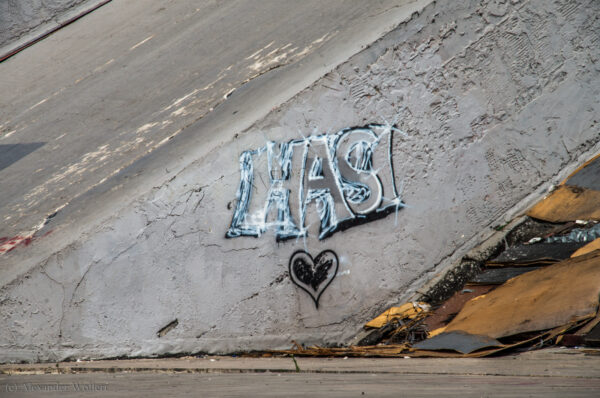
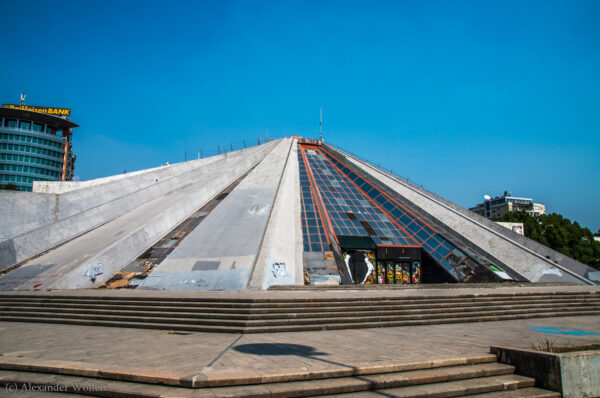
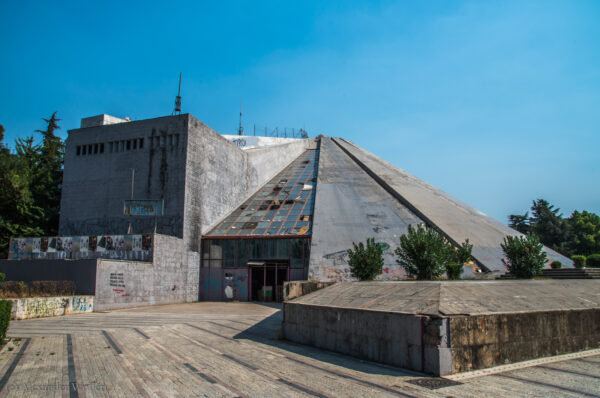
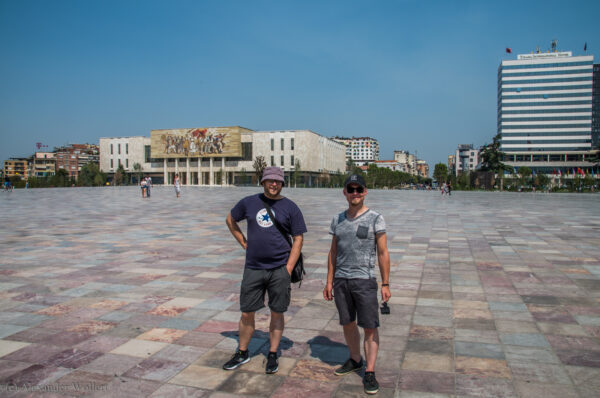
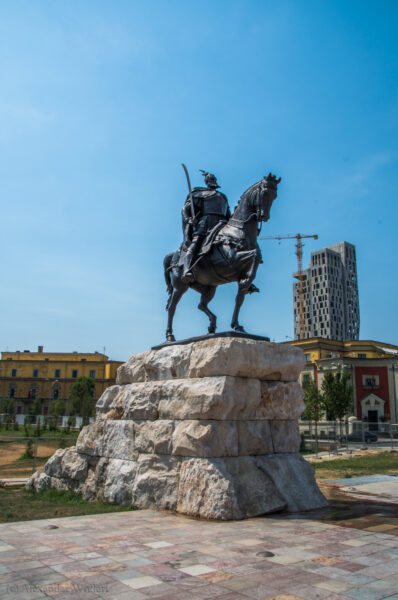
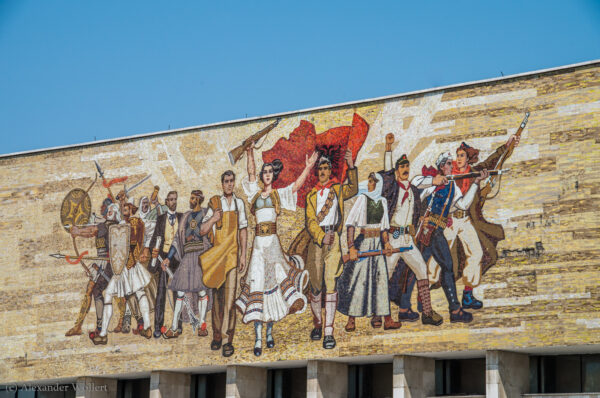
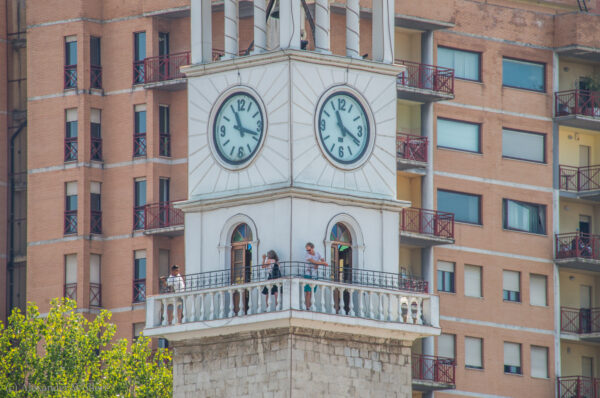

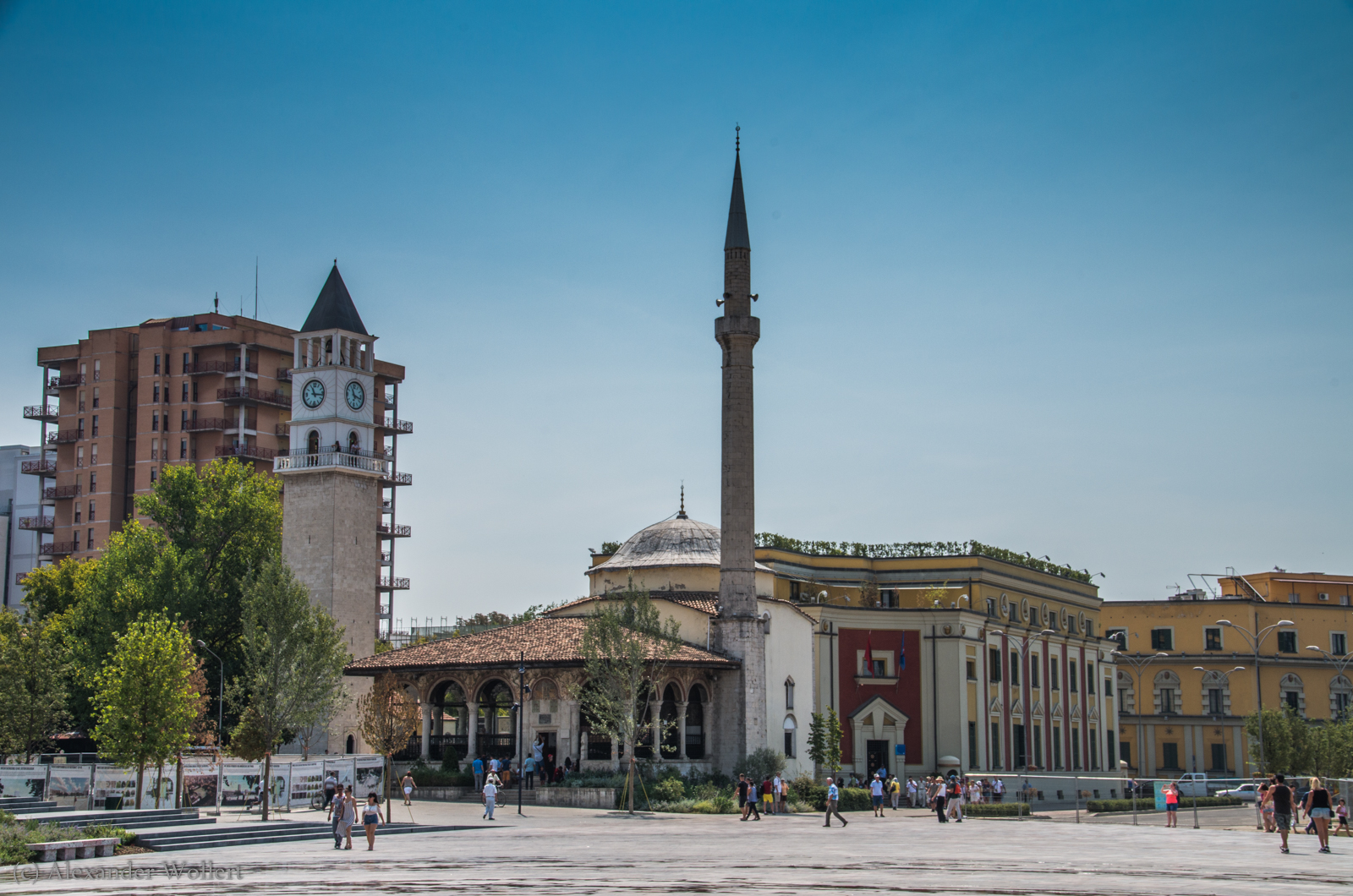
Eating and drinking are also mixed with influences from the Middle East and West. Turkish mocha or Italian espresso are standard every morning, while the Albanians never eat breakfast out. You do that at home. They look at us like aliens when we ask for solid food in a café early in the morning.
However, the bars are always filled with people with espresso in front of them every morning. We are later told that there are apparently many people waiting for a job opportunity.


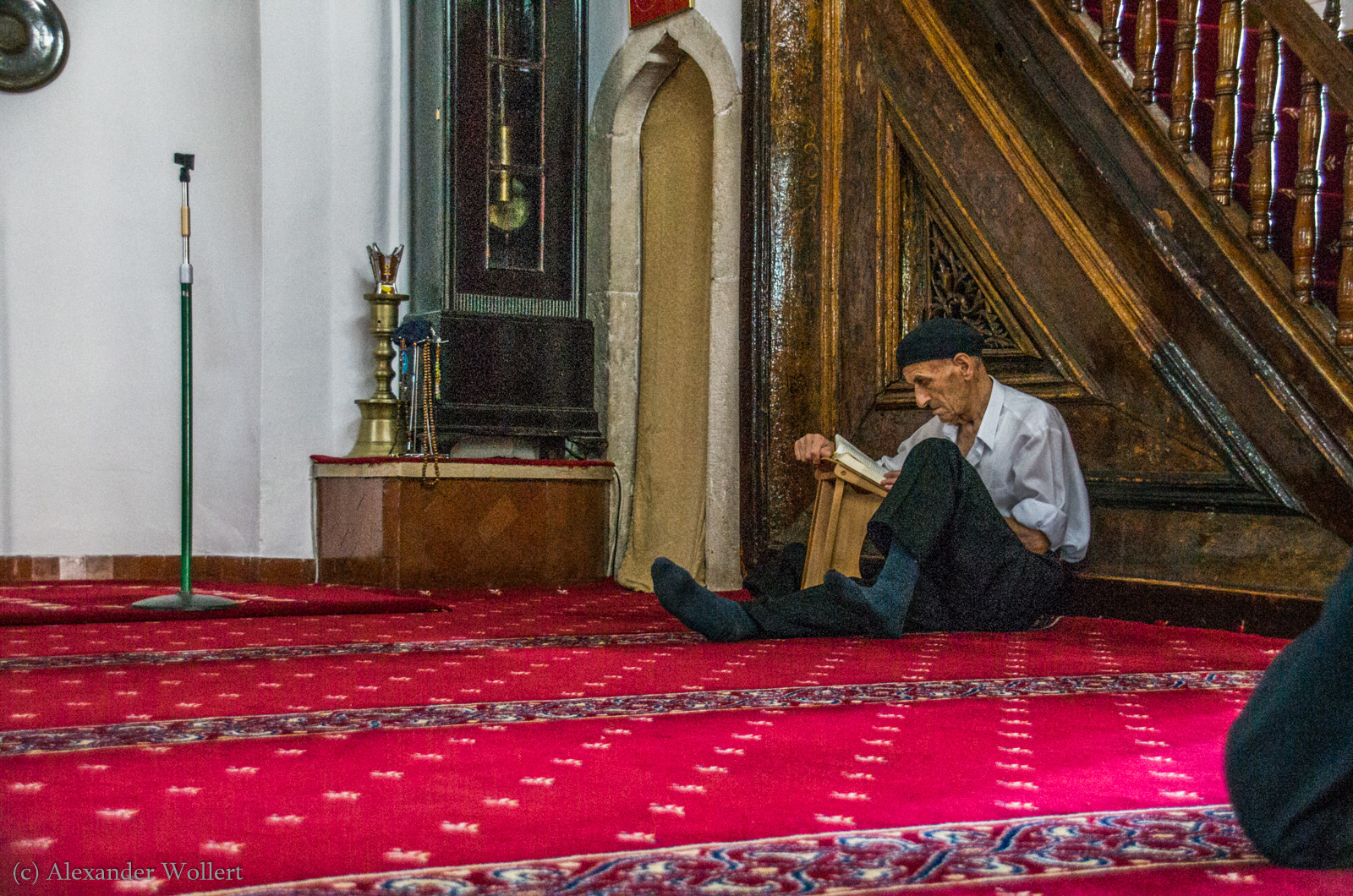
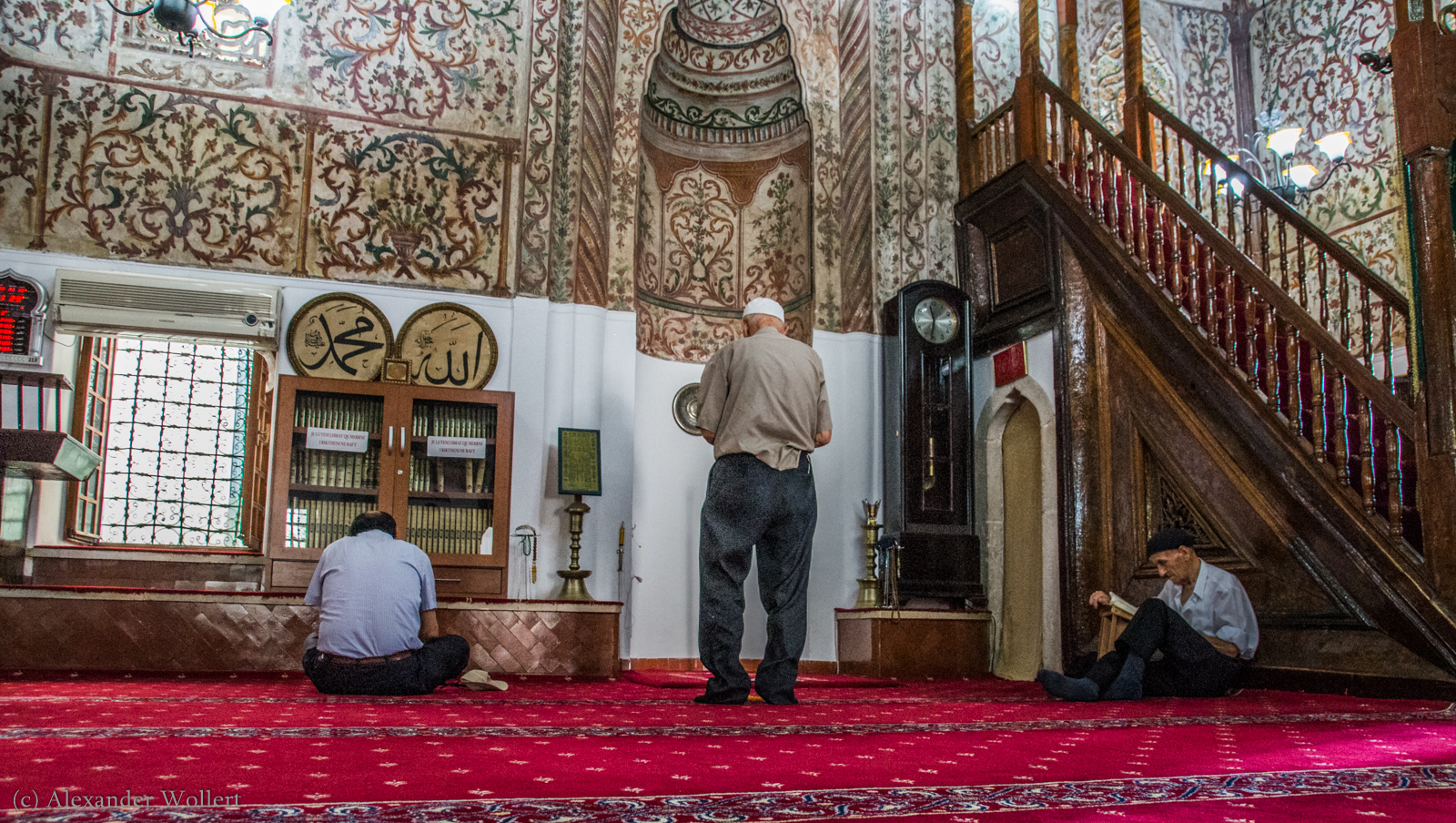
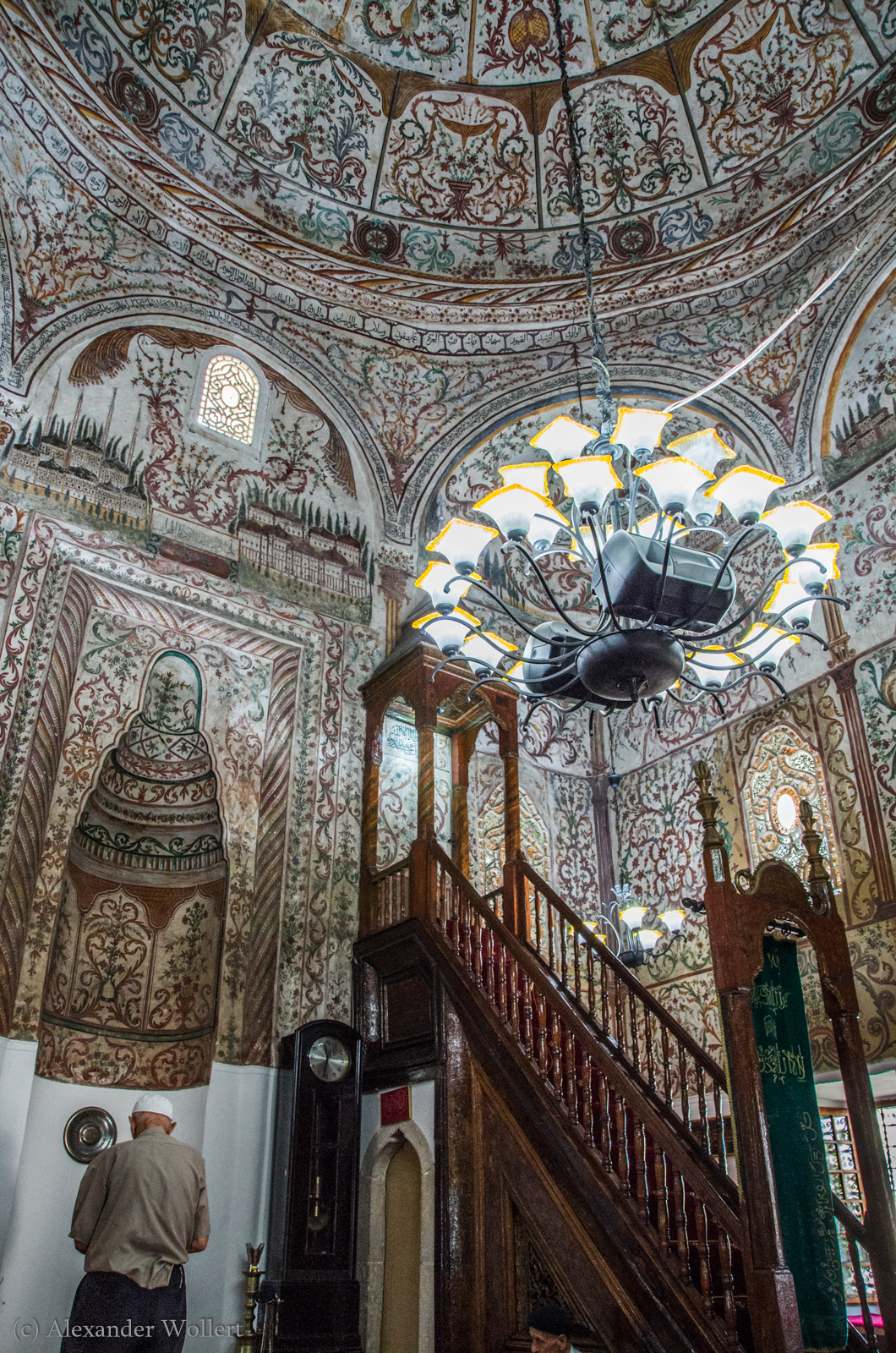

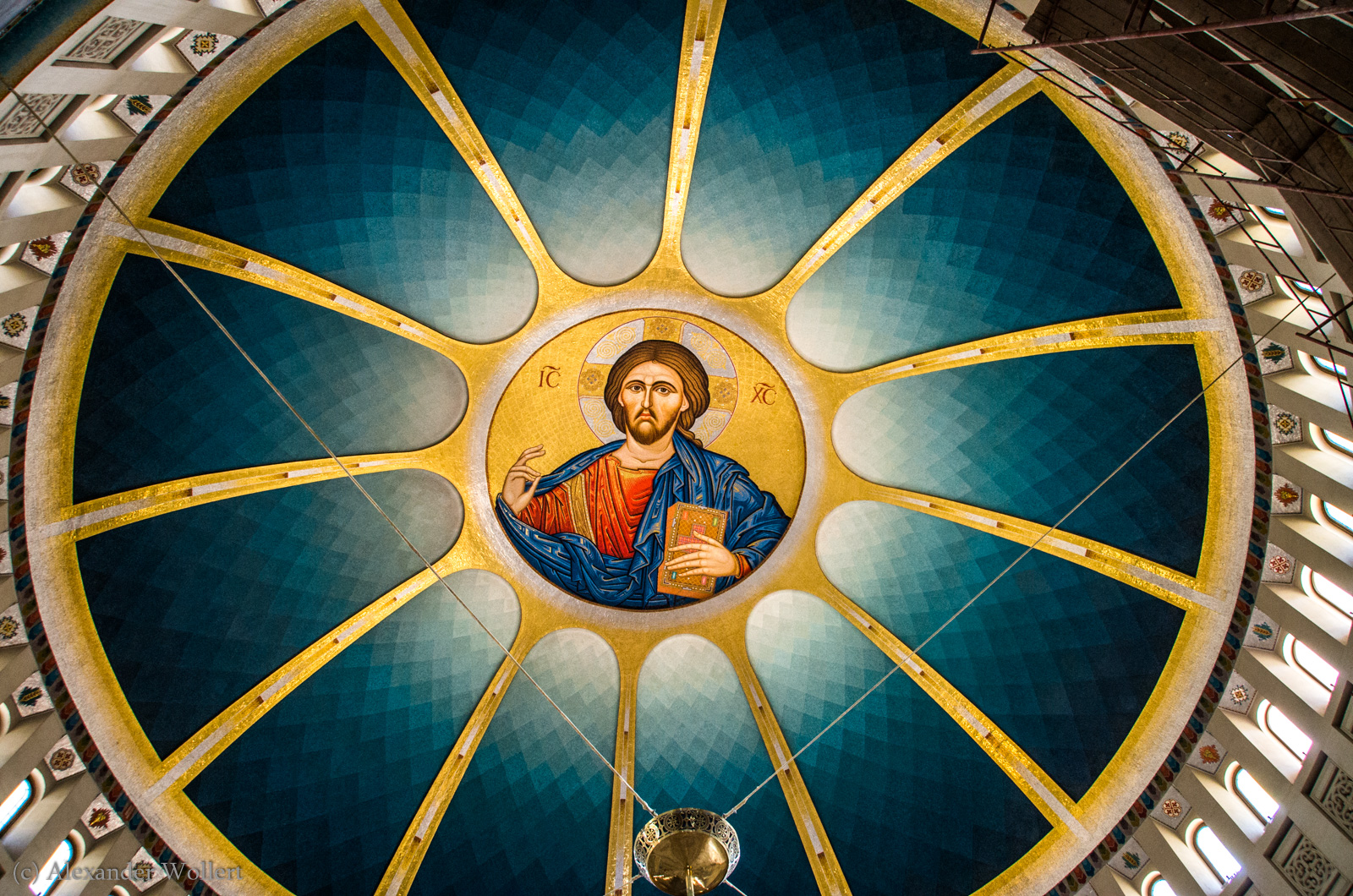

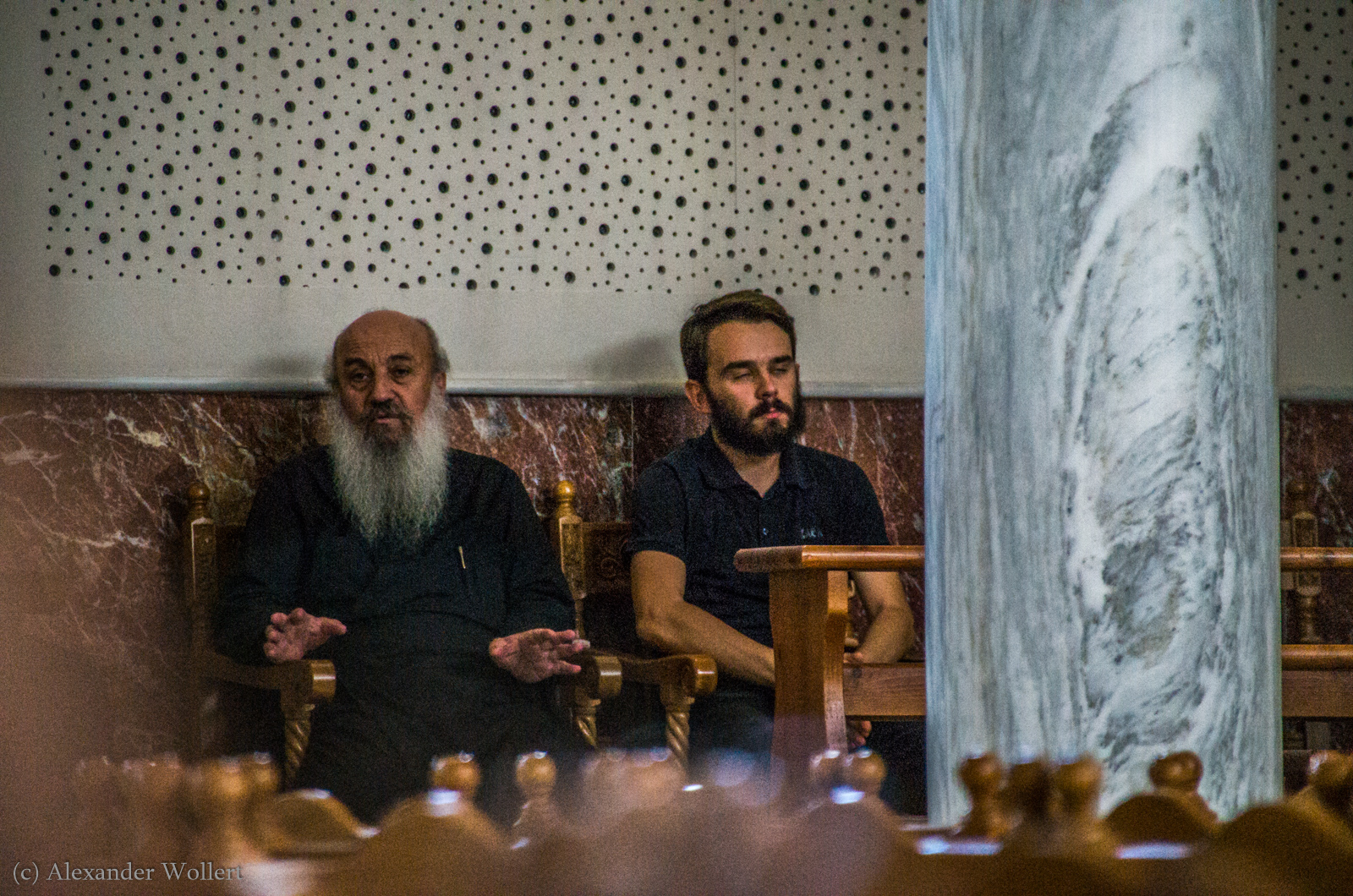
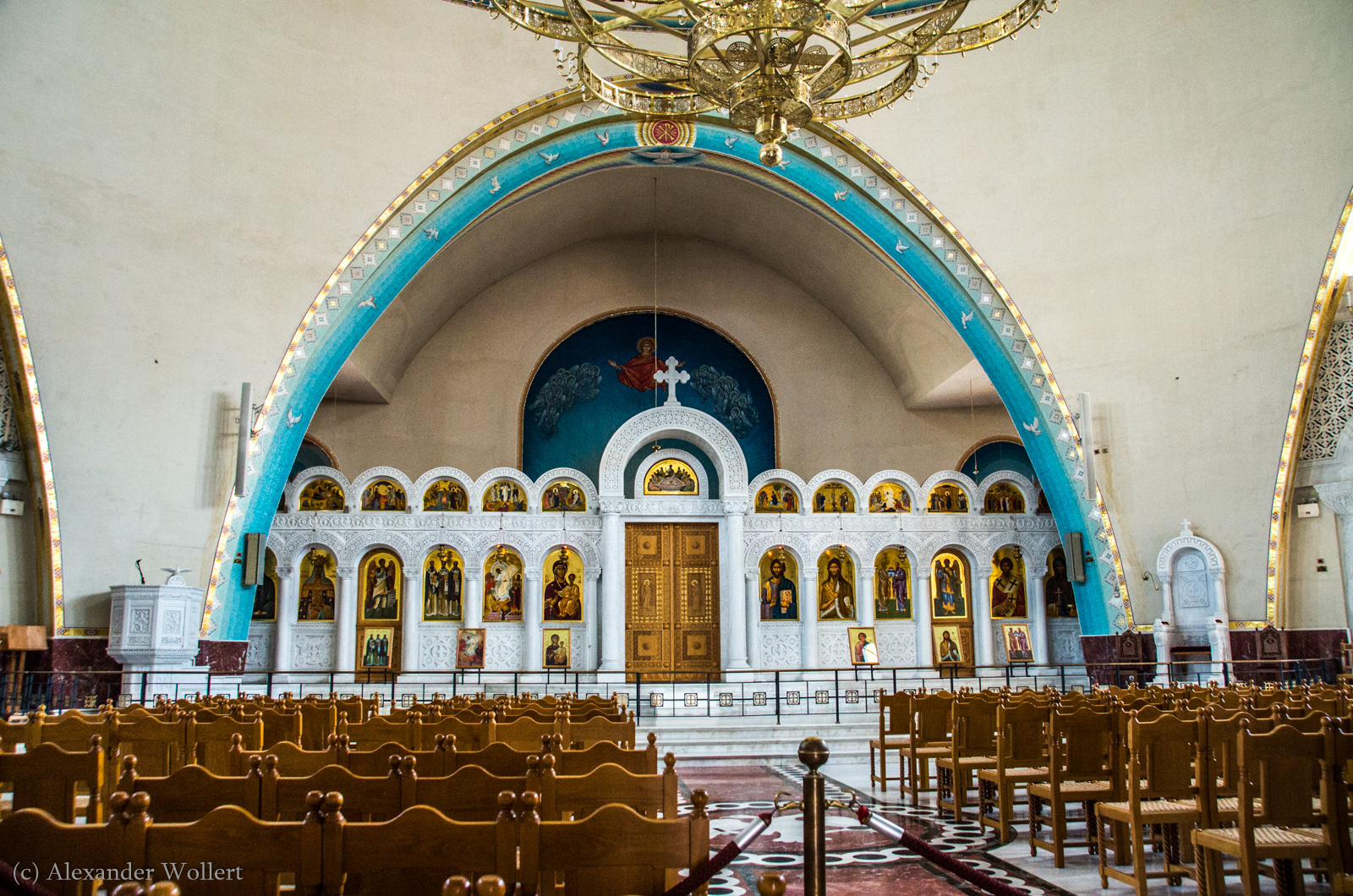
Lessons on Albania: The Holy Mercedes
We notice how many German cars drive through Tirana. In particular, every second Albanian seems to own a Mercedes. Regardless of the condition. The range of the impression of a Benz ranges from the epitome of the absolute junk box, which is only held together by color, to the AMG-tuned gold-lacquered luxury model.
We will observe this particular preference for Swabian cars throughout Albania and also through Kosovo and Montenegro. What we will learn is that the Albanian ego is embodied in one’s car and owning a Mercedes is not just a status symbol but a social norm from which one simply cannot deviate.
Accordingly, there are also an incredible number of car washes (Lavazh) to free the beloved luxury cars from the rural dust. The streets, however, lack any modernization and are so littered with potholes that one wonders when one drives several hundred meters on intact asphalt. Where do so many people in this poor country get the money for these expensive cars and how they protect them from the dangers of the streets remains a mystery to us. And our survival instinct tells us not to ask.
We visit the large square dedicated to Skanderbeg, the national hero of Albania who united the country and gave the country its flag with the two eagle heads looking into the two parts. There is also the beautiful and famous Et’hem Bej mosque, the opera, the national museum, the university and more, which I didn’t notice. After the mosque we also visit a nearby Orthodox church for religious equality. Albania is Muslim majority but the Albanians say that the religion of the Albanians is Albanian.
Albanians say that the religion of the Albanians is Albanian
There is only one HEro: Skanderbeg!!
You can go far with Italian. But we learn a few terms with Google in Albanian, which should bring us a few sympathy points:
- Good afternoon – mirëdita
- Hello – përshëndetje
- Thank you – falëmenderint
- How are you? – si jeni
- Sorry – justifikim
- Bye – mirupafshim
- Cheers – gesua
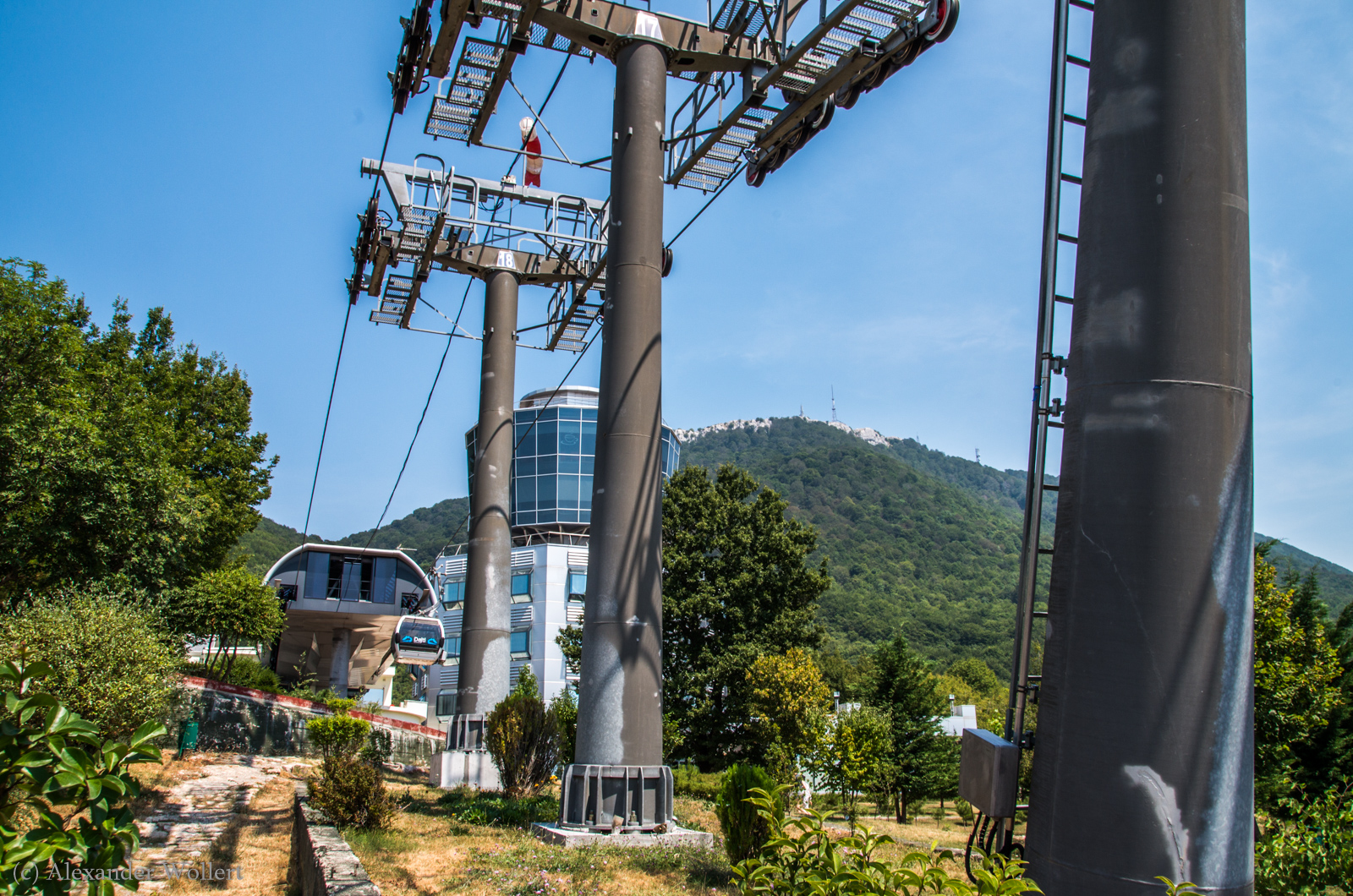
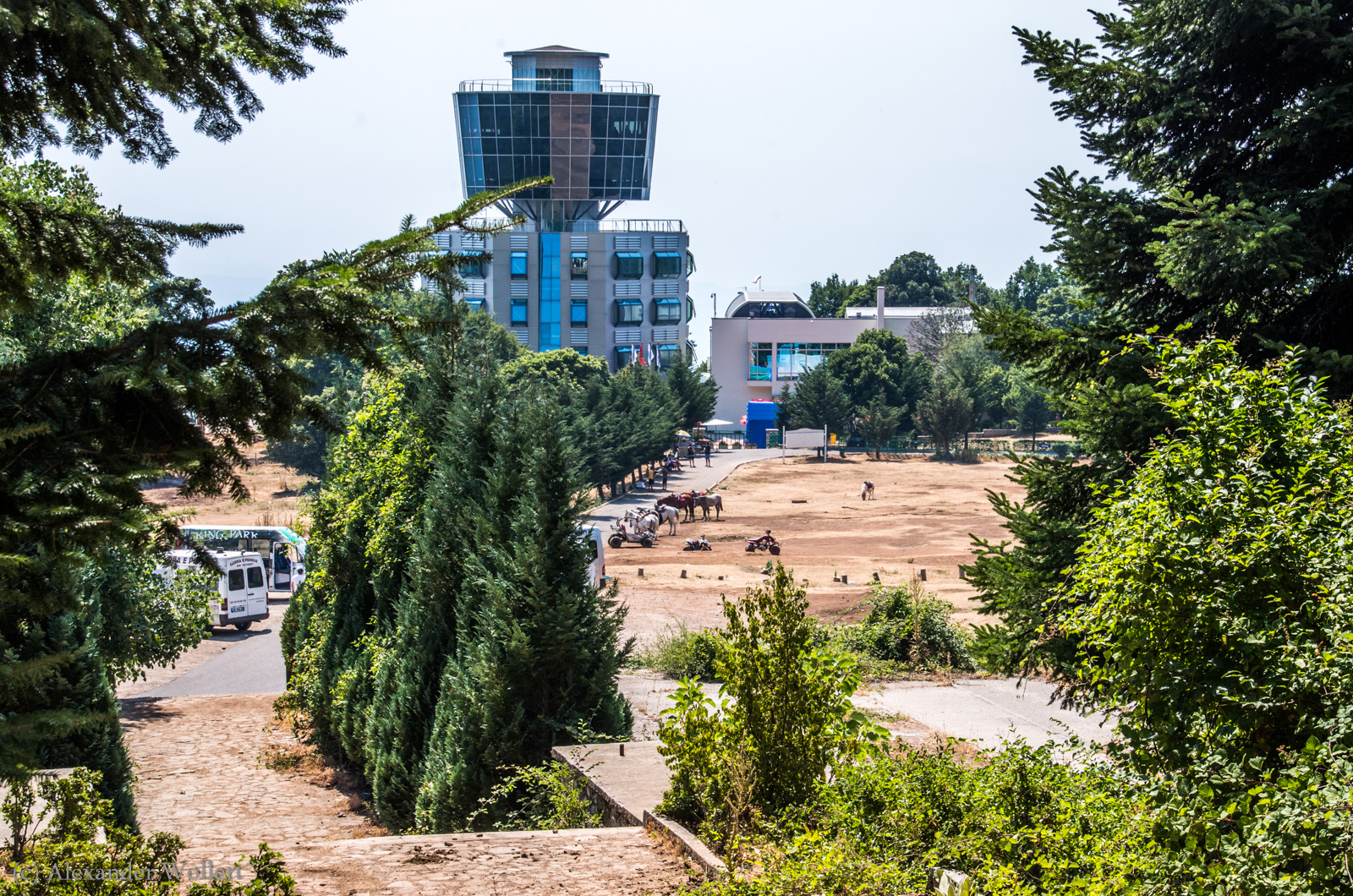
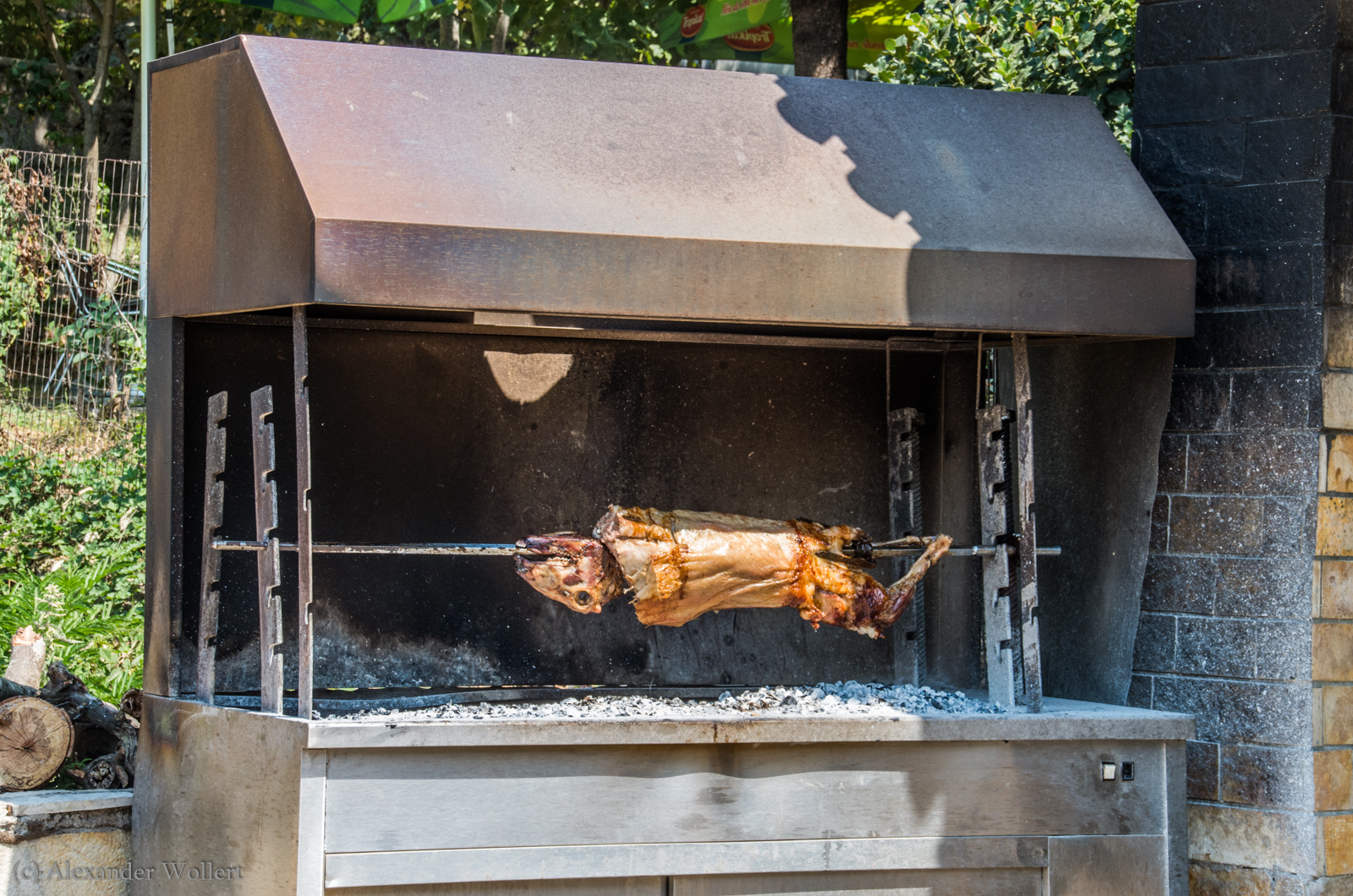


We stroll through the streets, take a taxi to a cable car and drive up a mountain with a grandiose vantage point overlooking Tirana.
Afterwards we meet two girls near the city center, an Albanian named Rovena and the American Gaby. I wrote to Rovena in Couchsurfing, asking if she had time to maybe show three stupid Germans the city. She replies that she herself has a woman from couch surfing as a guest. When she agrees to meet, we arrange to meet in a bar.
Of course, the two are a little late. We introduce ourselves and tell about our plan to rent a car and explore the country. Without a route or any bookings, of course.
The girls say that they also want to go hiking in the mountains.
We all like each other from the start, so we agree to take them both with us for a few days and enjoy a few local insider tips.
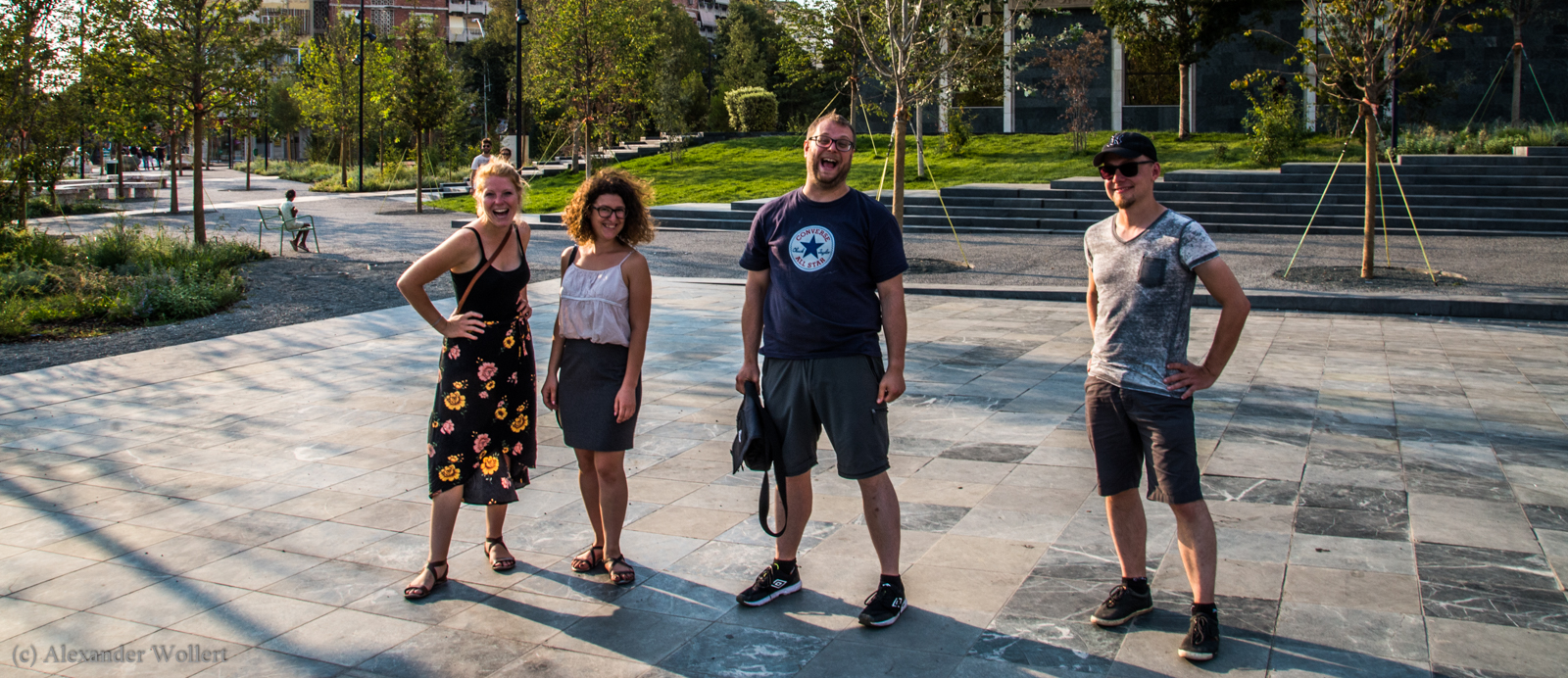
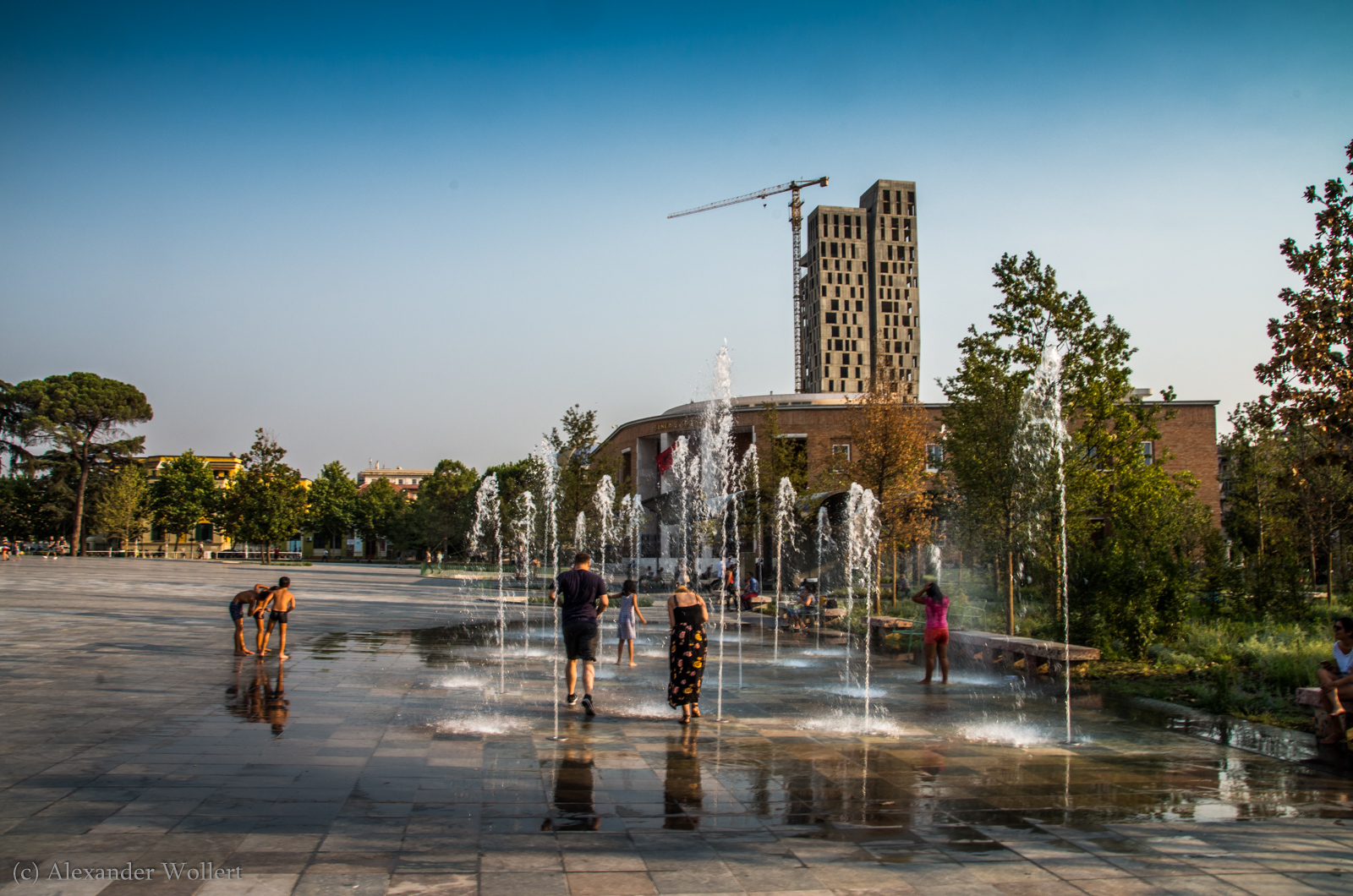
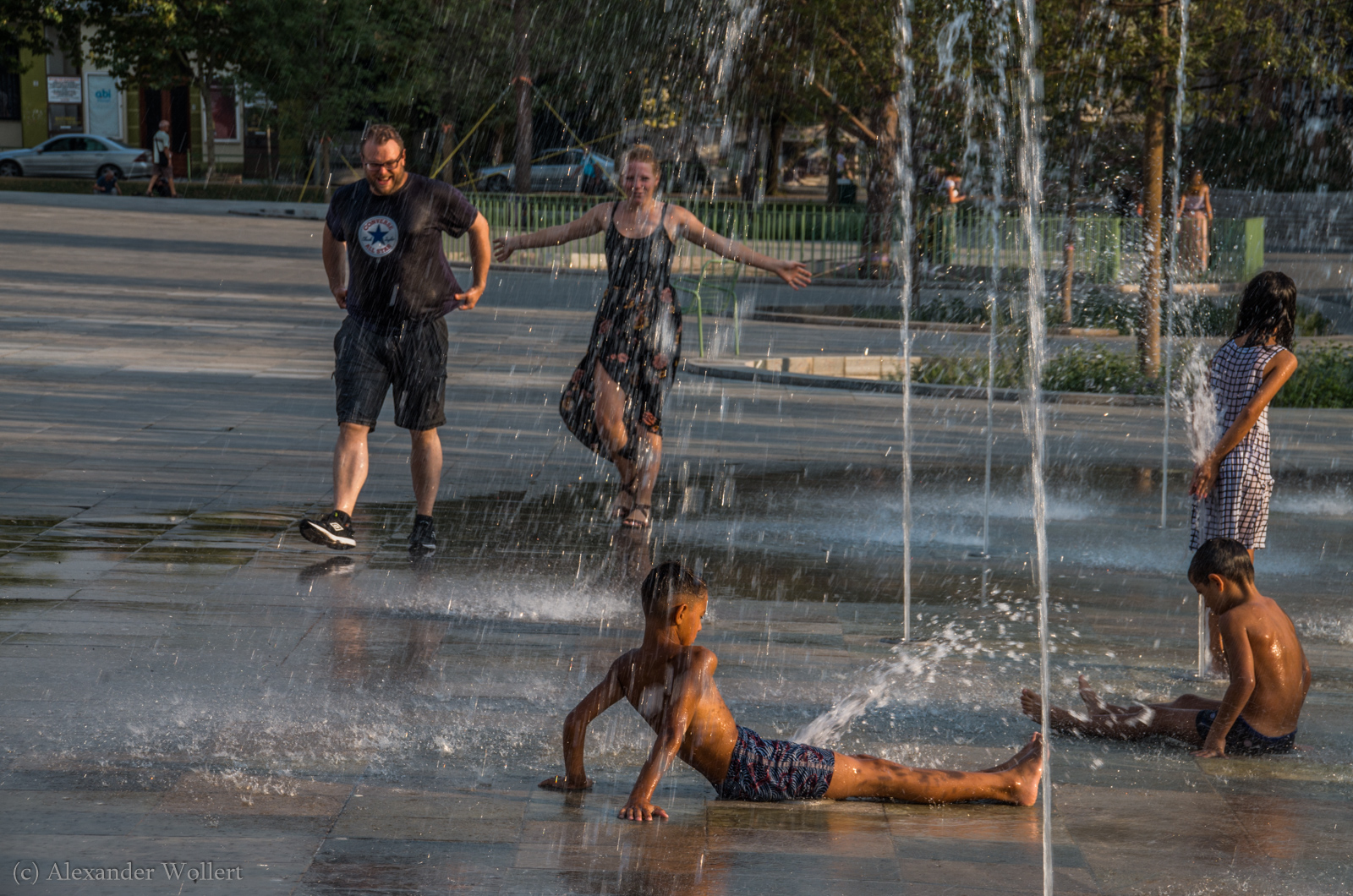
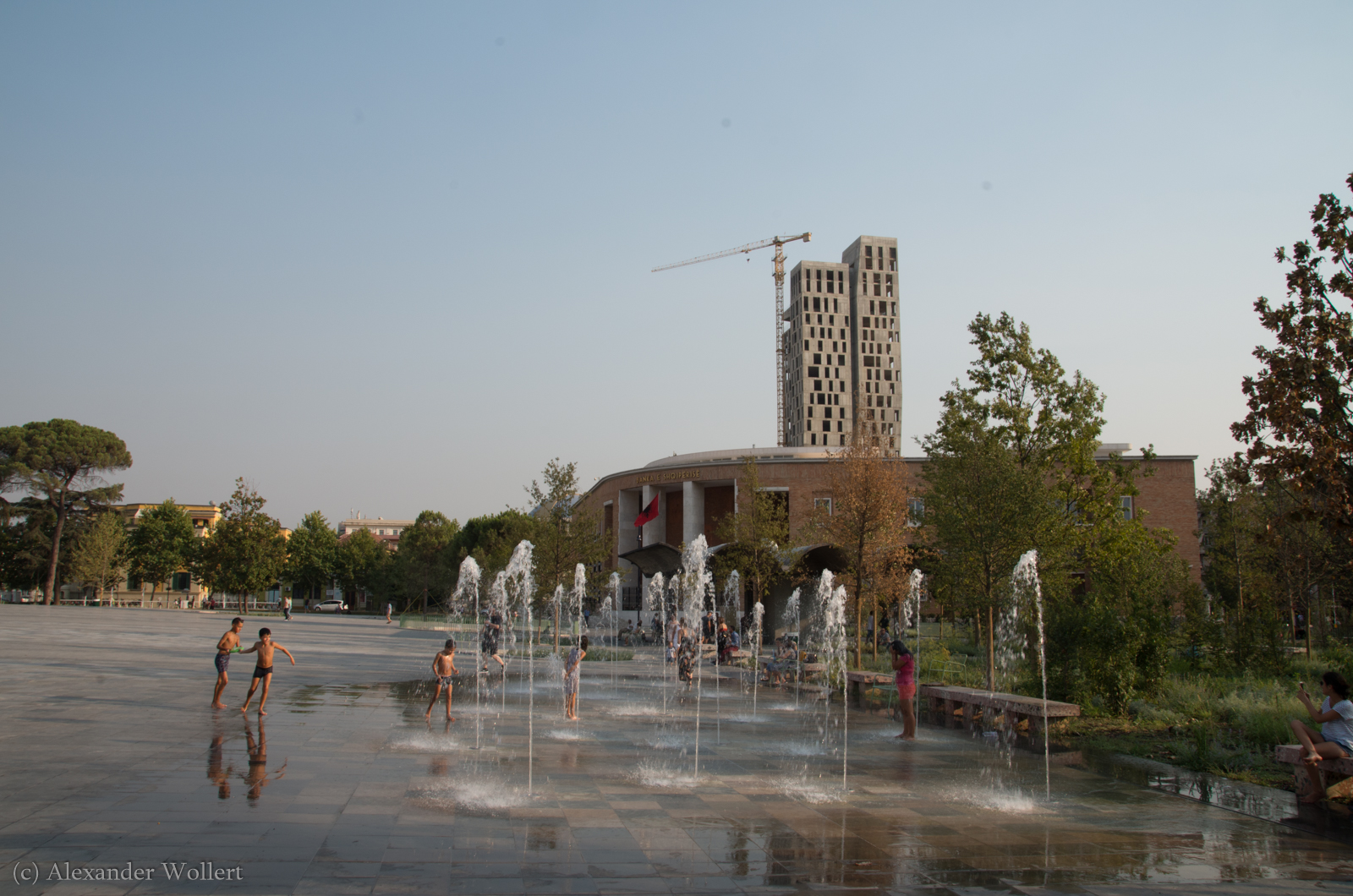
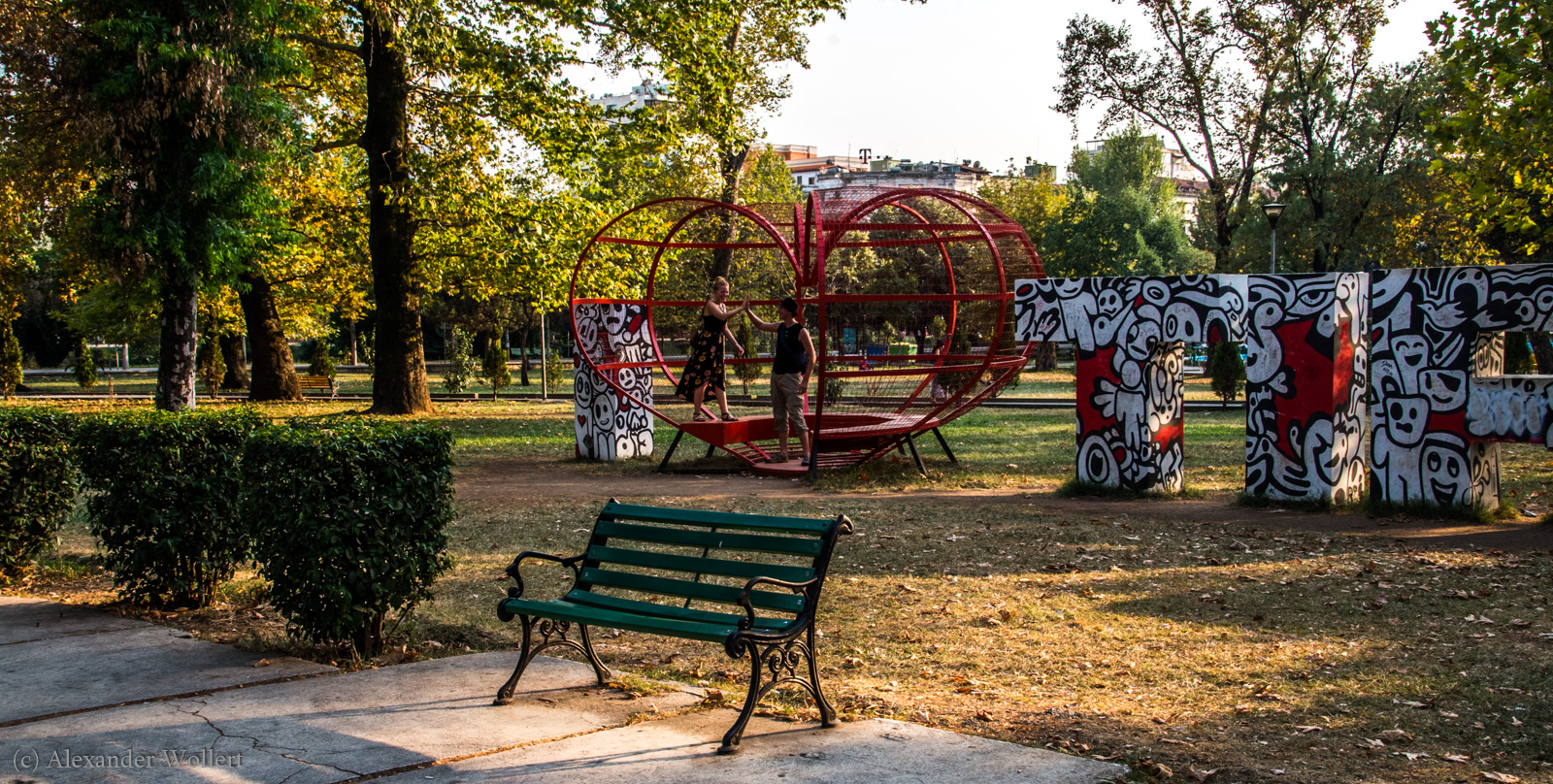
We then stroll through the city together and Rovena shows us the university and a popular lake with a park. There, many Albanians publicly train themselves on free training equipment that is available everywhere. However, not the Albanian women – although they all look extremely sporty too.
A young Albanian named Ans speaks to me at a bench in the park and wants me to take a photo with his girlfriend. He reports that he has just got out of prison and wants to visit Germany in January. He doesn’t want my picture at all – he’s happy that there is a picture of him and his attractive partner.
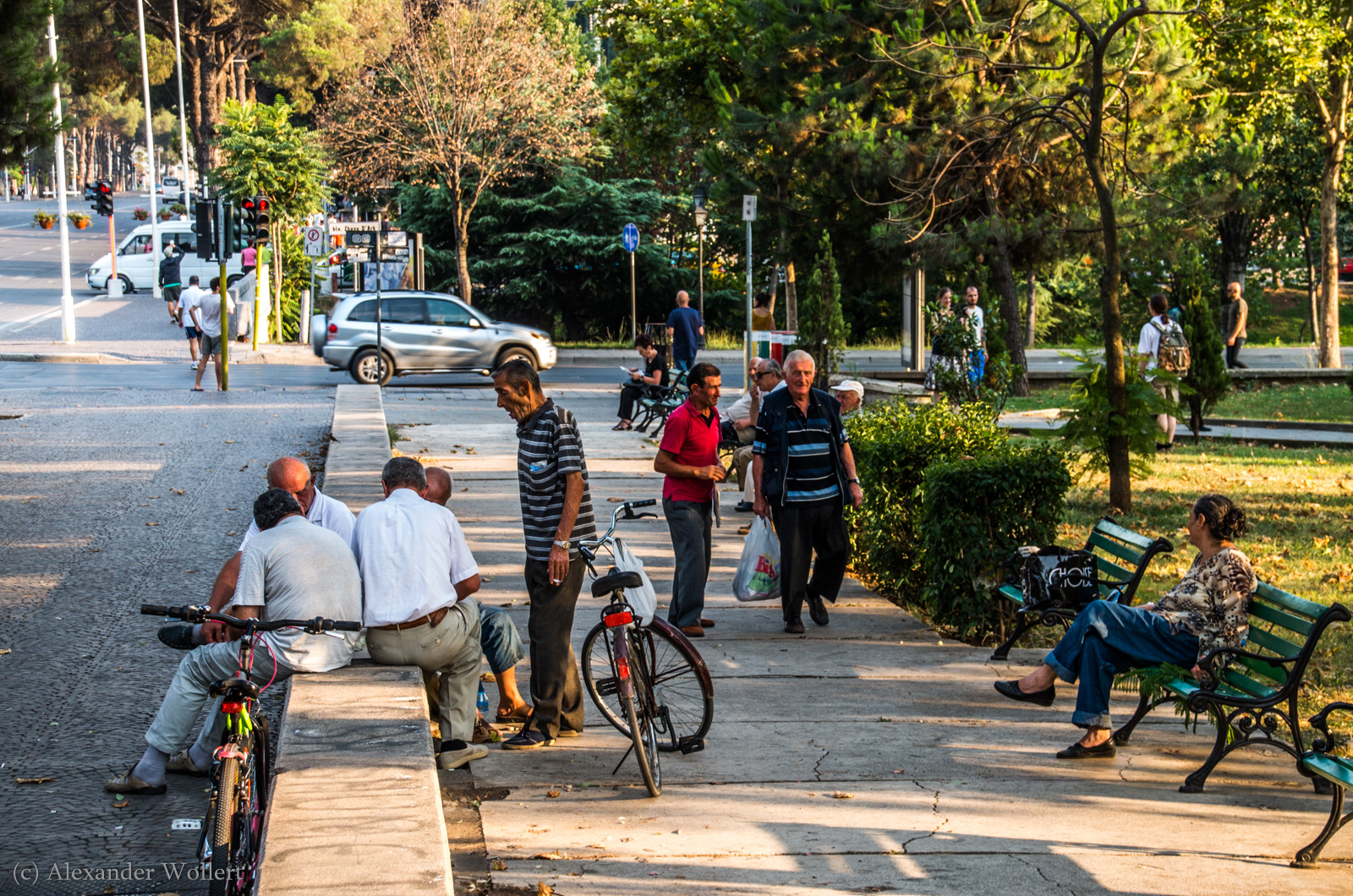

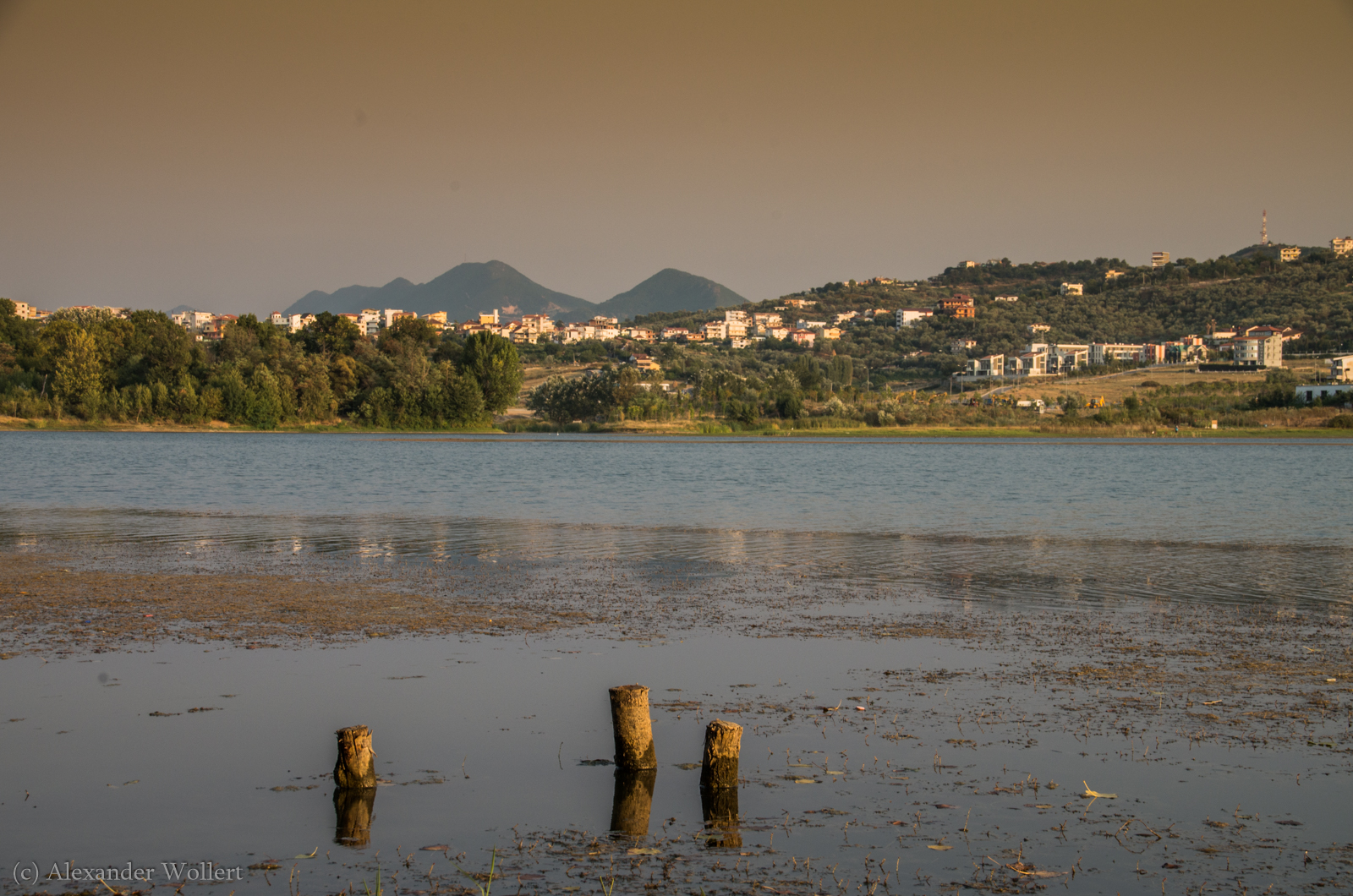

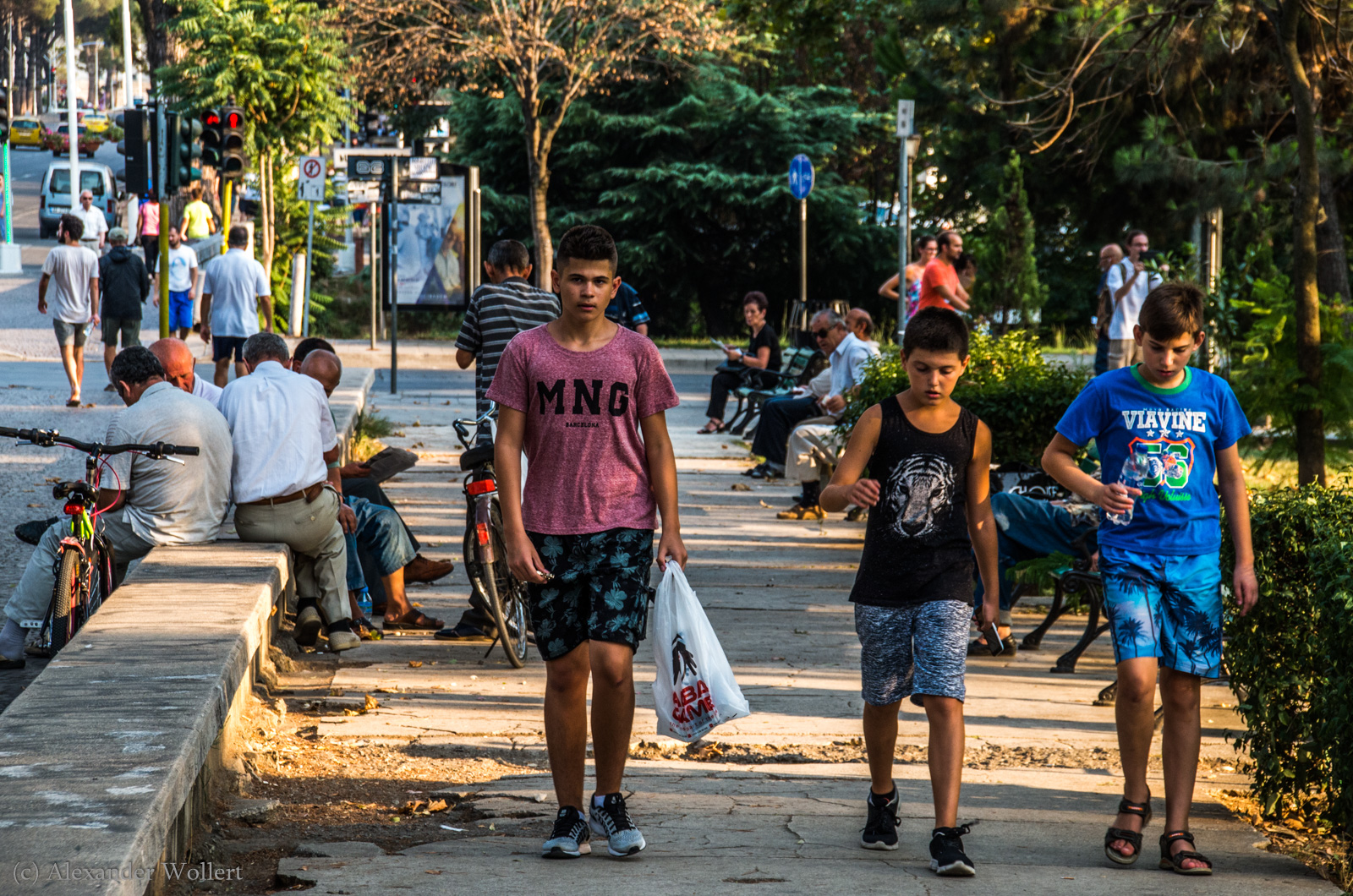

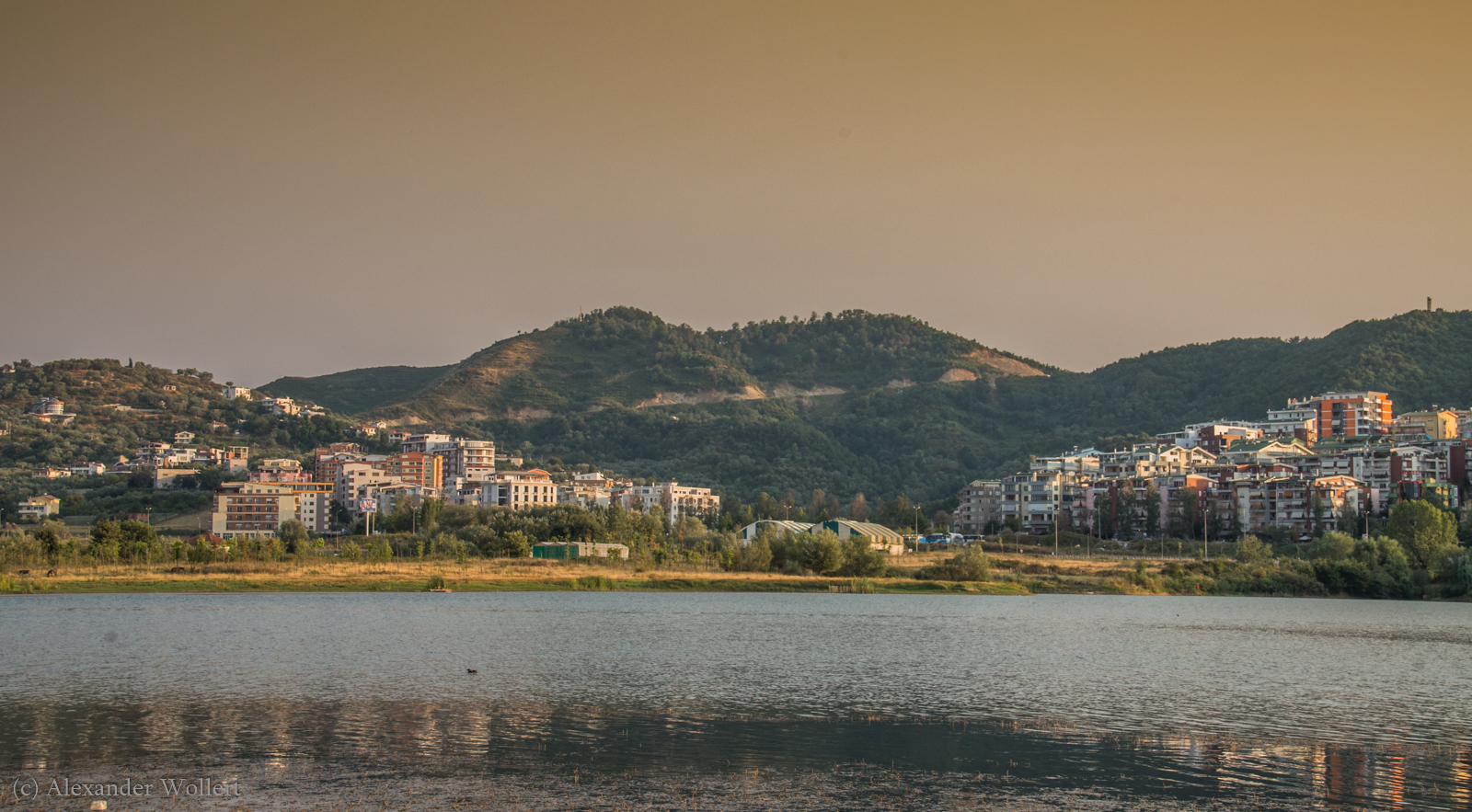
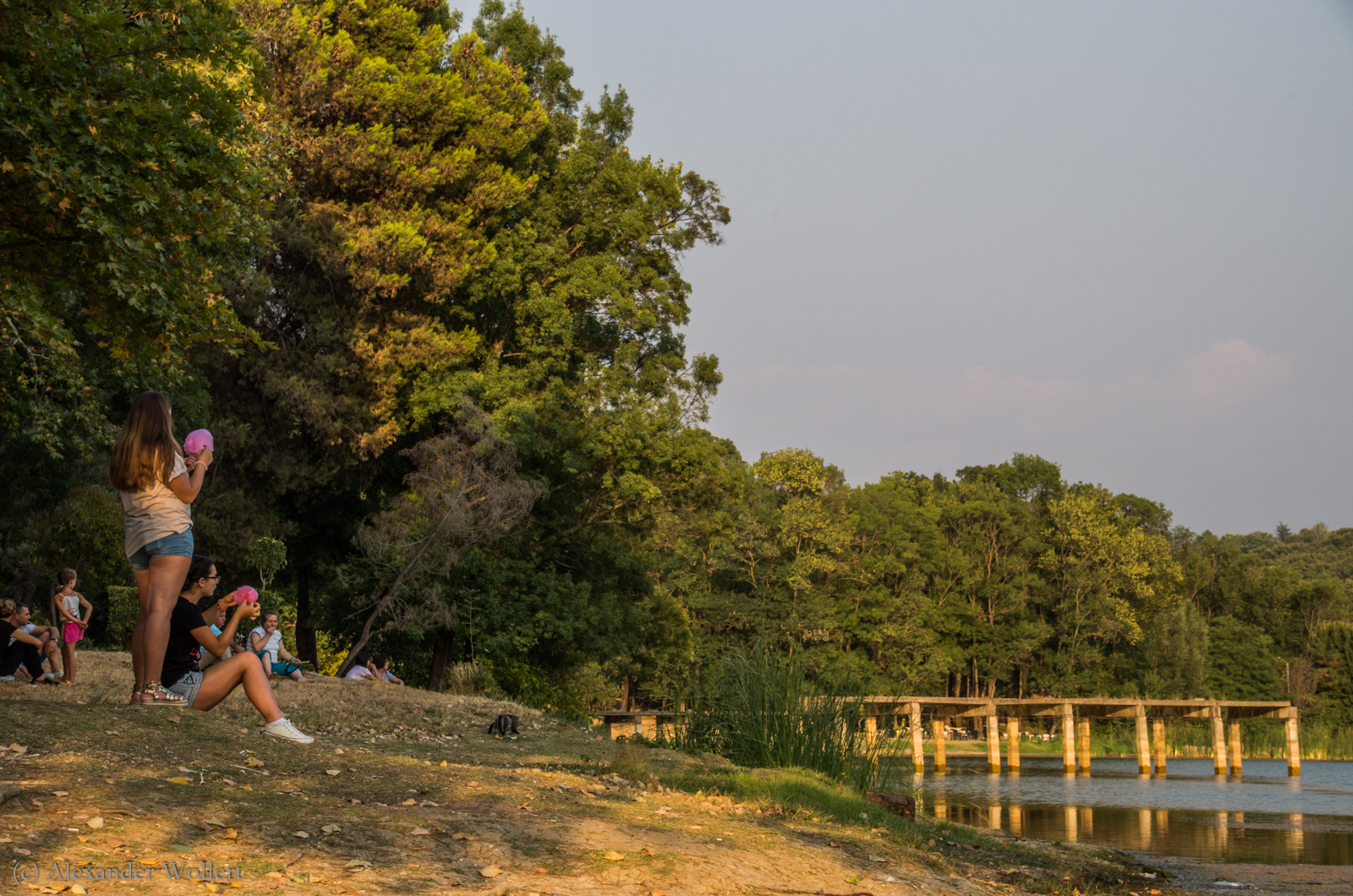

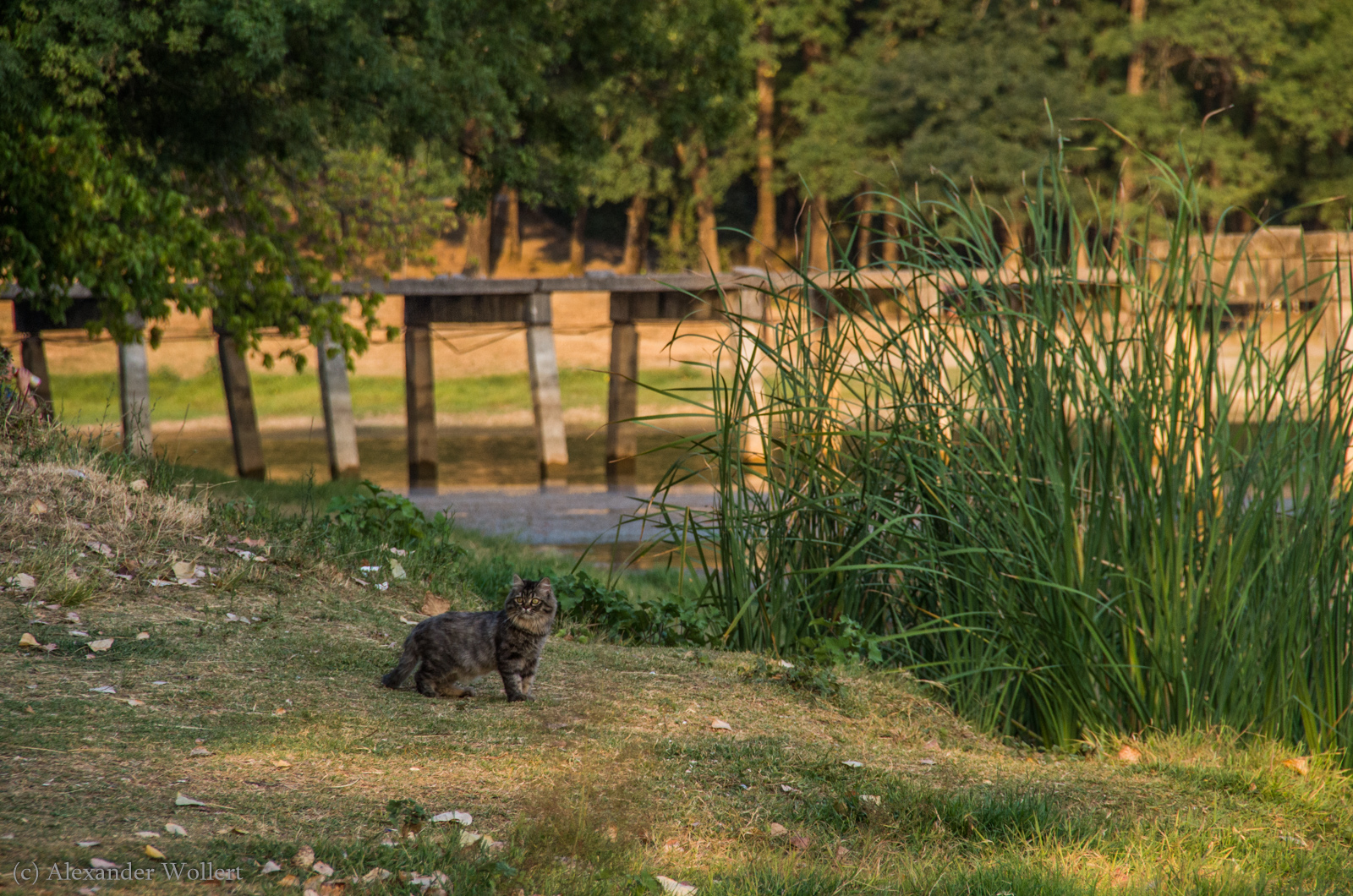



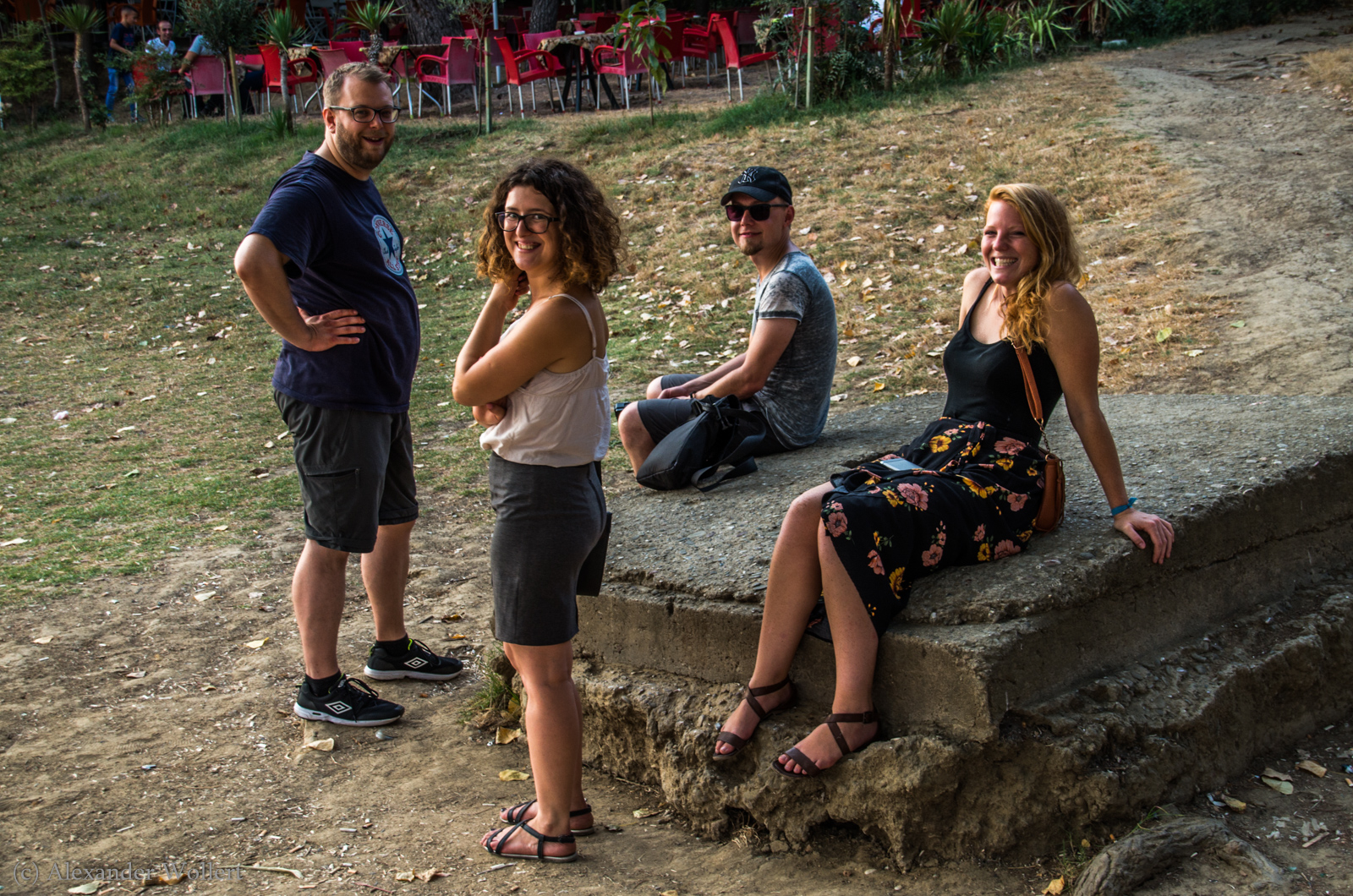
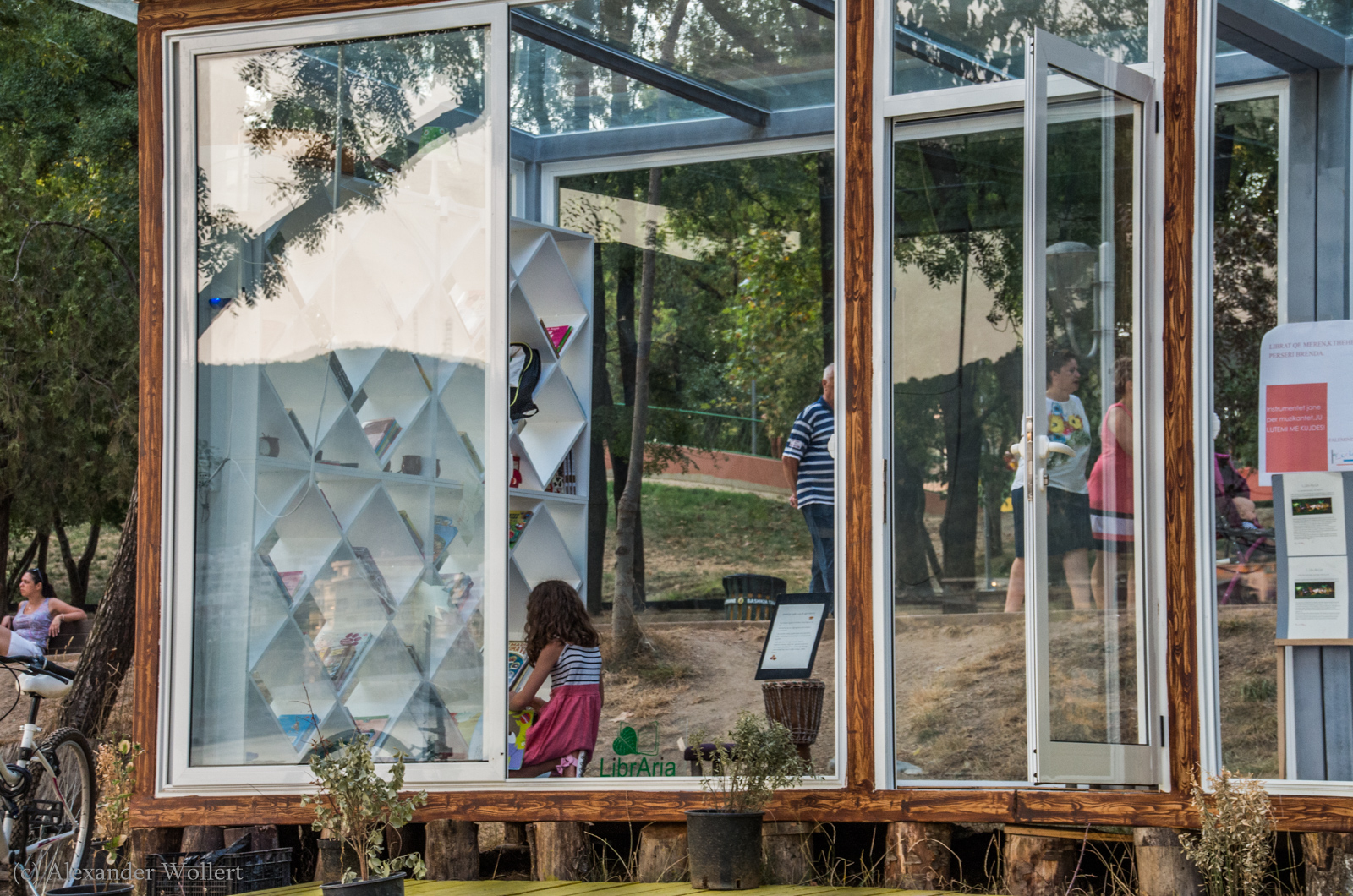
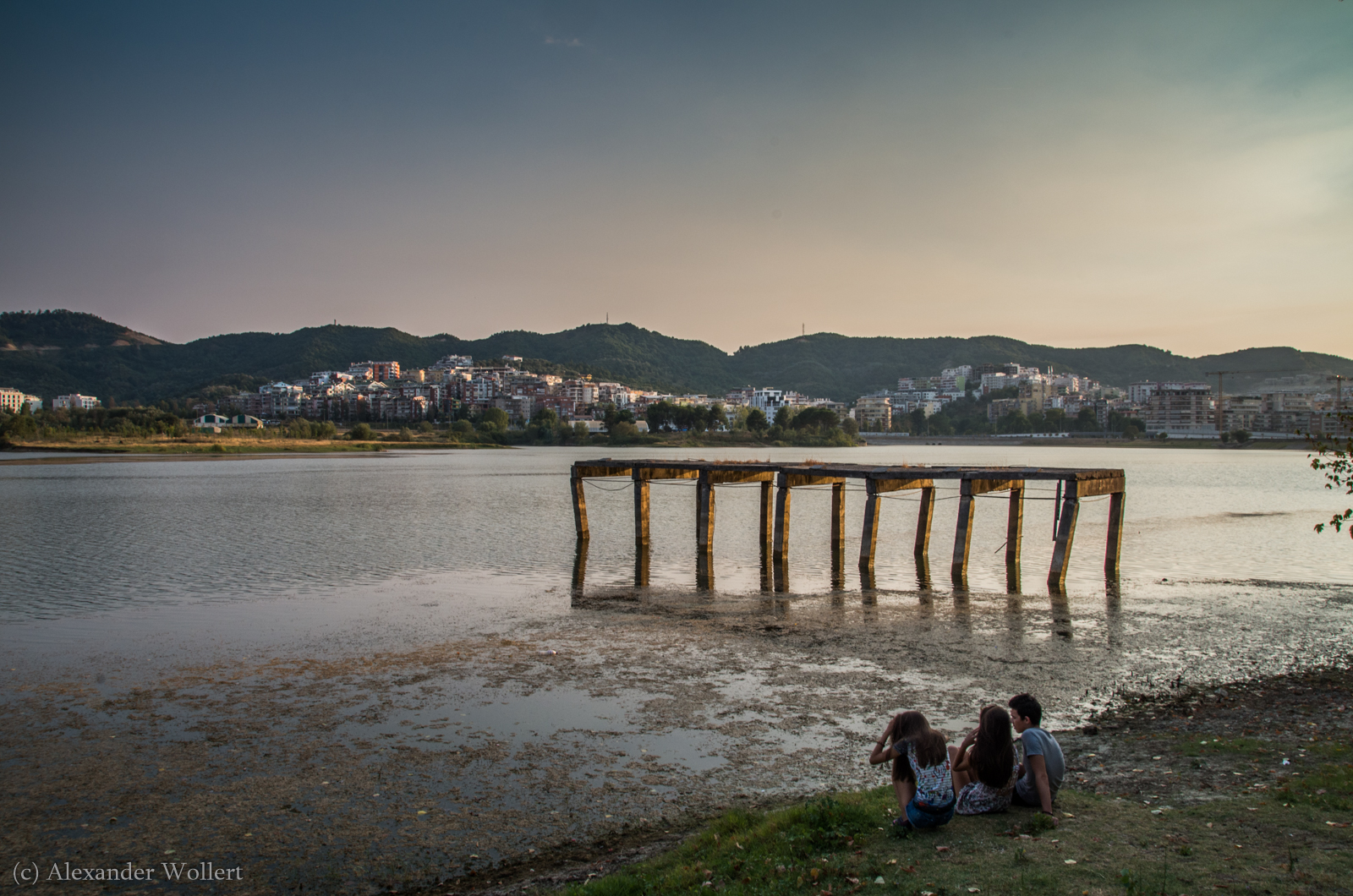


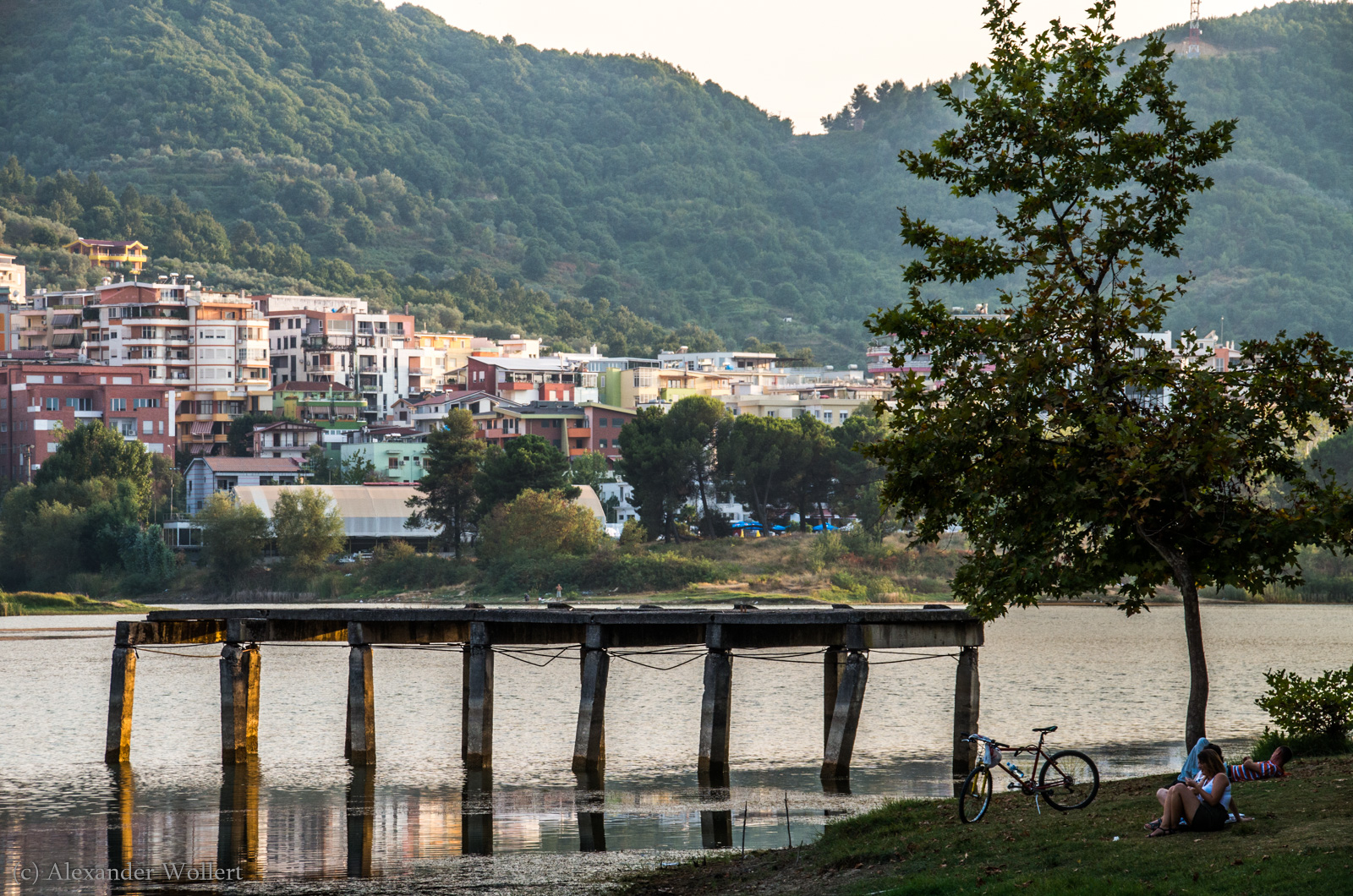
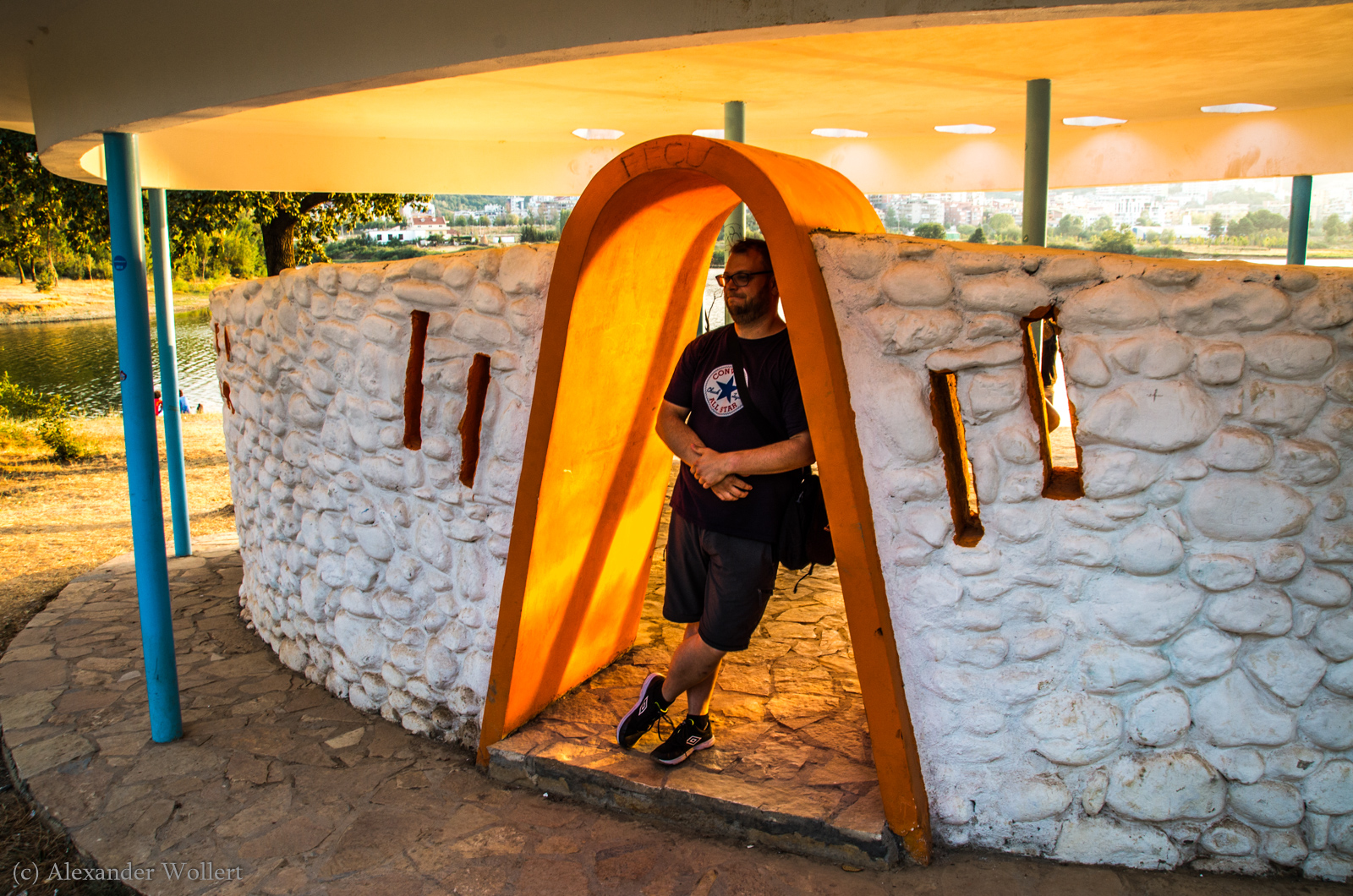
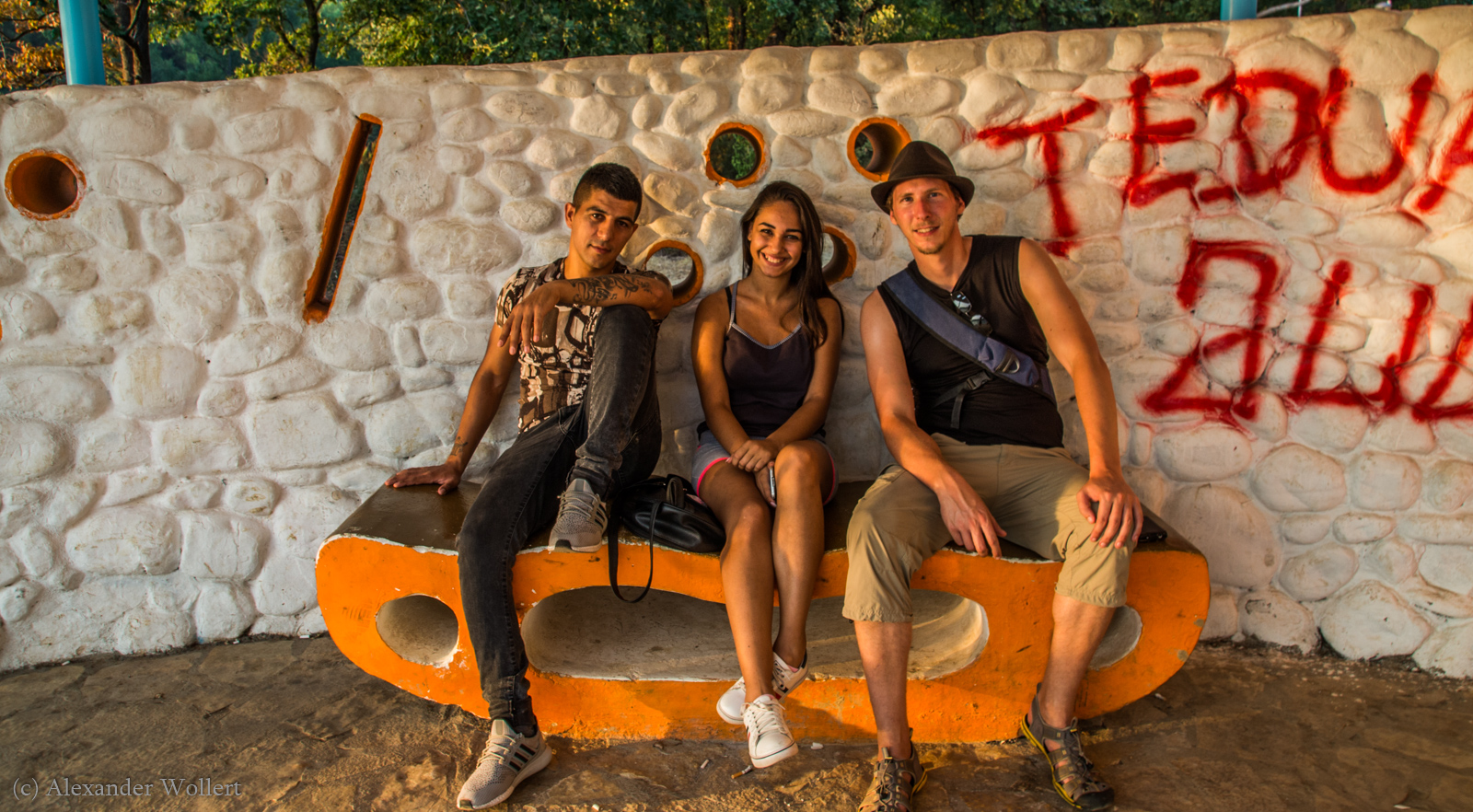
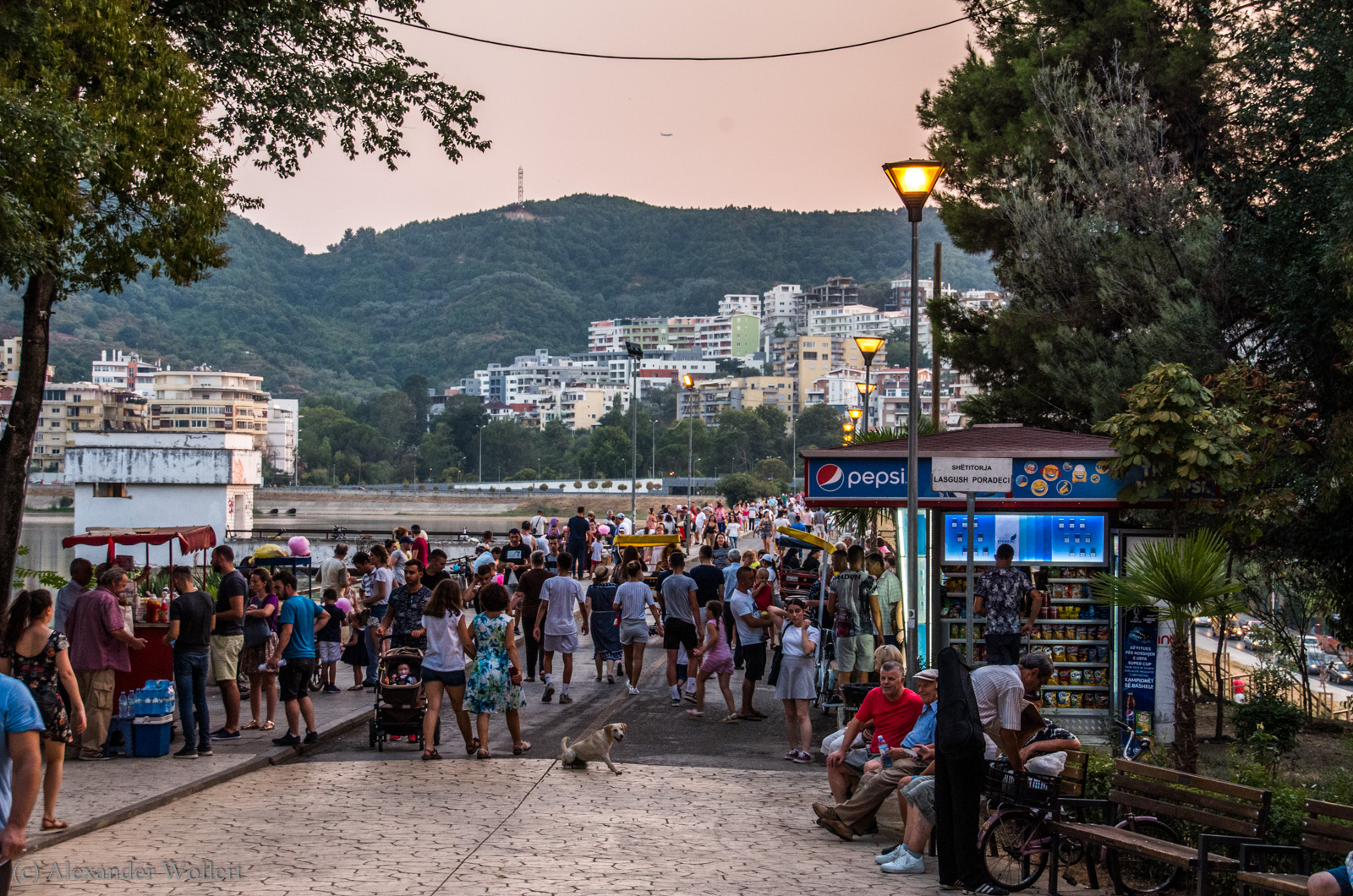
In Tirana I notice the many libraries (libreria). Many cafés offer a rich selection of literature with their drinks, and novels can also be found in churches. There are even books lying around by the roadside in the country – the people are extremely well read. In leisure areas – such as at the city’s lake – there are modern glass reading areas where children can grab books, sit on the ground and rummage.
There are also many Exchange stores across the country. The official currency is the Lek with a rate of around 132: 1 to the euro (as of August 2017). However, the euro itself is also often accepted as a means of payment. The other currency can be obtained at any time in the exchange offices and the euro is not as badly affected by inflation as the lek.
The next day we will leave and collect the girls. We are very excited to see what will come next.

